I have to start this post by admitting that just thinking about Spanish cuisine makes my heart ache. I get depressed and, at times, teary-eyed. July 30, 2011 was a really low point in my life, a day I had to stop everything and get a hold of myself and convince myself that life would go on. I know you think I'm nuts but I'm sure you'll understand as soon as I explain. ON JULY 30, 2011, EL BULLI CLOSED ITS DOORS AND NOW, WE'LL NEVER EVER GET TO EAT THERE, EVER!
El Bulli, a small 3 Star Michelin restaurant in Catalonia, Spain was the brainchild of the chef/owner, Ferran Adrià and for more years than any other restaurant was considered to be the best restaurant on the planet. Indeed, Restaurant Magazine's highly respected Top 50 list of the world's best restaurants rated El Bulli number one in 2002, 2006, 2007, 2008, 2009 and #2 in 2010. John Carlin of The Guardian newspaper described El Bulli as "the most imaginative generator of haute cuisine on the planet".
You might sympathise with me now when I tell you that try as we might, year after year, we were never able to secure a reservation at El Bulli. And try we did, believe you me. We called and emailed; we used our connections in the restaurant business and Josée's friends in the hospitality industry; our jet-setting surgeon friend told me he had a patient who was good friends with Ferran Adria so there would be no problem...he was wrong. When you consider that the restaurant accommodated only 8,000 diners a season, but got more than two million requests, you can see why we did not succeed.
Here is a short trailer about Adria and his (now closed) restaurant:
Traditional Spanish cuisine, and for that matter Spain's entire culture, reflects the myriad foreign influences that have inculcated themselves through conquest and migration. Consider, for example, that in the 11th century, the Roma (also known by the slightly derogatory term gypsies or in Spain, gitanos) migrated to Europe from the Punjab & Rajasthan regions of India and there is historical evidence that many of them entered the Spanish cities of Barcelona and Zaragoza in 1447 from Northern Africa. Bringing along their culture and traditions, the Roma instilled in Spanish life the Kathak dance, their Indian classical dance form and Indian singing style and are believed to have contributed to what has become known as flamenco, the dance of Andalusia.
Among the multitude of recipes that make up the varied cuisines of Spain, a few can be considered common to all or almost all of Spain's regions, even though some of them have an origin known and associated with specific places. Examples include most importantly potatoe omlette ("tortilla de patata", "tortilla española" or just "tortilla"), paella, various stews, migas (traditional breakfast fare made from leftover bread or tortas), sausages (such as embutidos, chorizo, and morcilla), jamón serrano, and cheeses.
There are also many dishes based on beans (chickpeas, lentils, green beans), soups, with many regional variations and various breads. The regional variations are less pronounced for Spanish desserts and cakes: flan, custard, rice pudding (arroz con leche), torrijas, churros, and madeleines are some of the most representative examples.
Josée's Spanish menu and the final one in the 30/30/30 Challenge:
Bacalhau Buñelos
Chorizo, Jamón Serrano, Marcona Almonds
Spanish Green Olives,
Spanish Cheeses: Manchego and Murcia al Vino
Paella Valenciana
Pollo in Pepitoria
Gamba al Ajillo
Pequeña Torta de Crema Pastelera
Helado del Canela
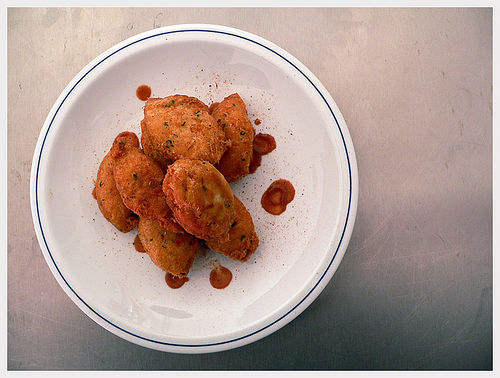
Bacalhau Buñelos or Spanish cod fish fritters. (I omitted to photograph this dish so this photo is taken from the internet.)
Chorizo, Jamón Serrano, Marcona Almonds Spanish Green Olives, Spanish Cheeses: Manchego (sheep) and Murcia al Vino (goat)
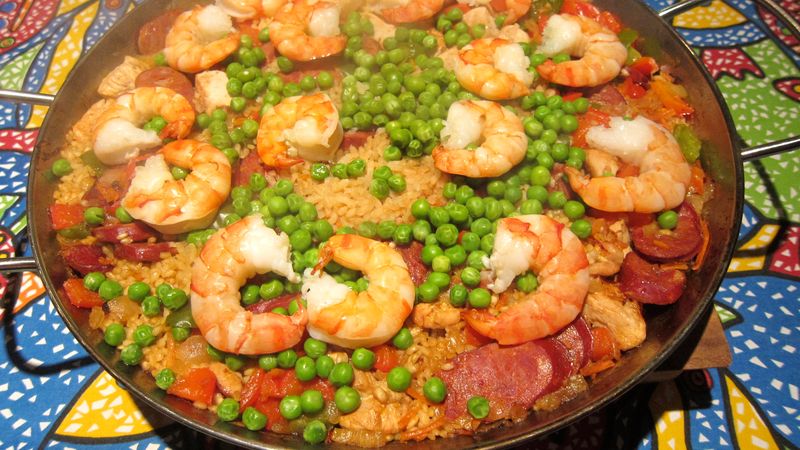
Paella Valenciana, arguably Spain's most famous dish. (chicken, chorizo and shrimps)
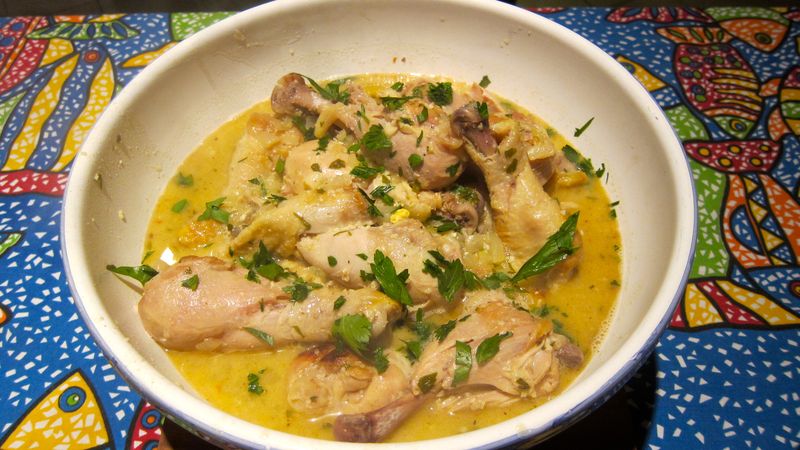
Pollo in Pepitoria - Chicken braised in white wine, almonds and garlic.
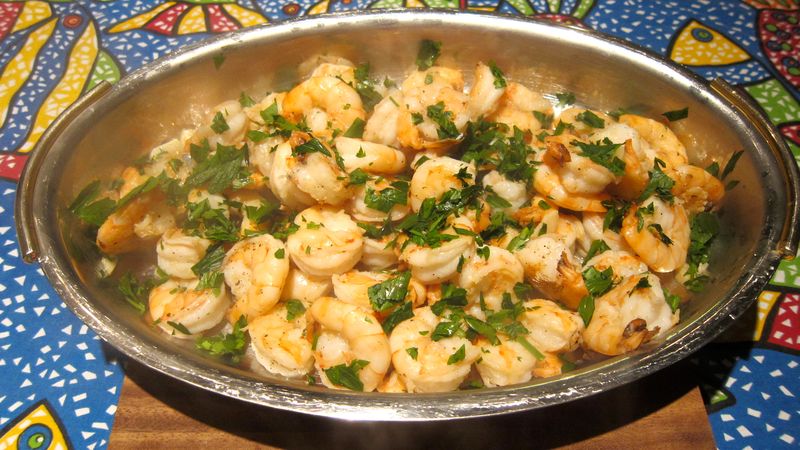
Gamba al Ajillo - Shimps sautéed with garlic.
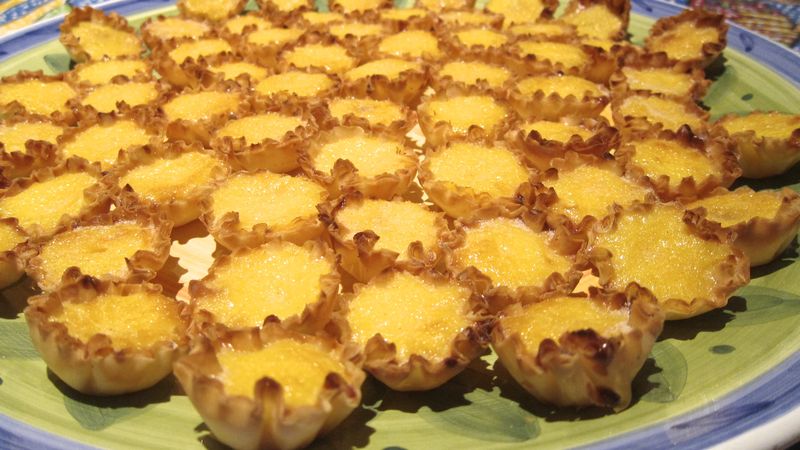
Pequeña Torta de Crema Pastelera - These little bite-sized custard filled pastries were served with Josée's freshly made cinnamon ice cream. Unfortunately, by this point, the photographer had too many brain cell on energy-saving and forgot to photograph the ice cream.
The wines for the evening:
Eidosela, Albariño, Rias Baixas, 2011, Spain
La Montesa, Rioja Palacios Remondo, 2009, Spain
I hope you enjoyed Josée's gastronomic adventure as much as I did. Please come back to the blog later this week for the final posting about Josée's 30/30/30 Food Challenge.
Adiós!
Joseph Froncioni










































































































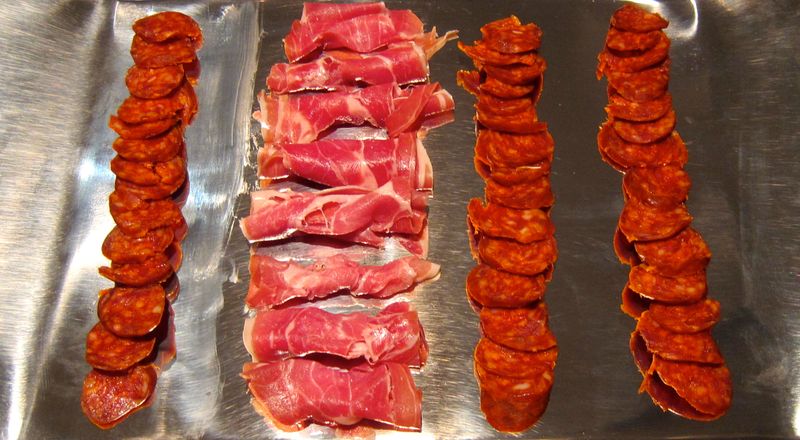
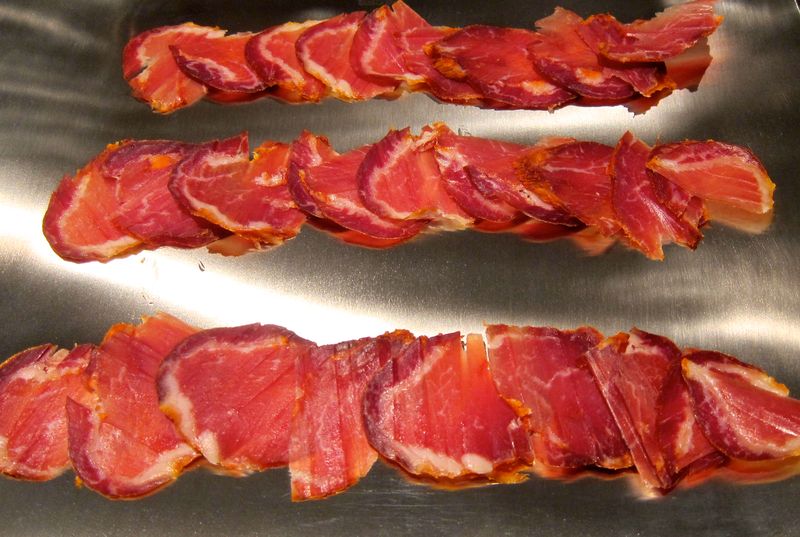
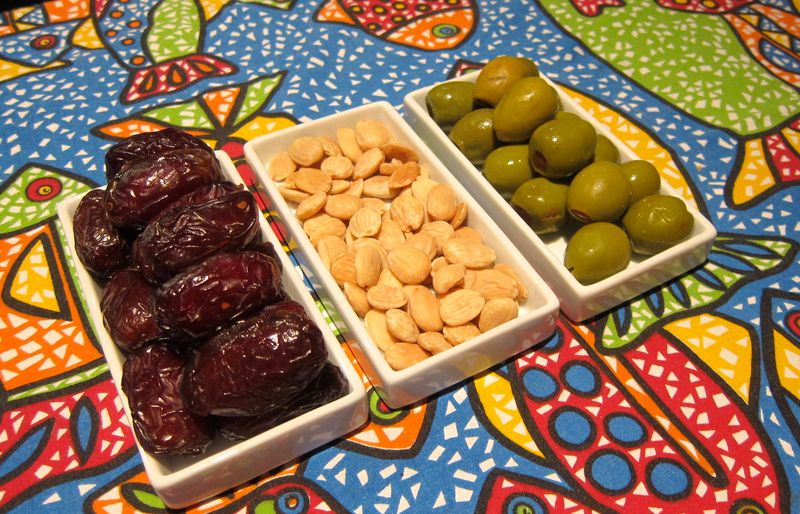
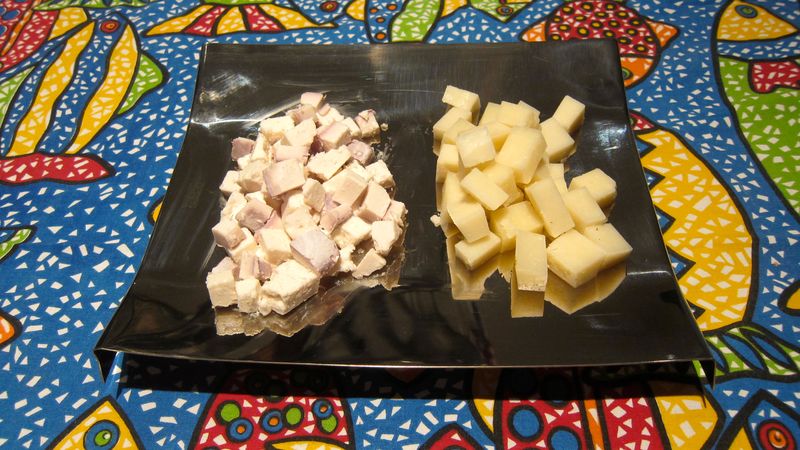
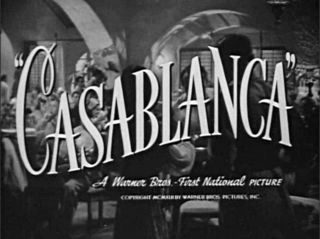
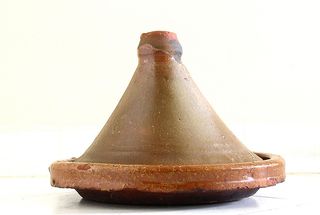
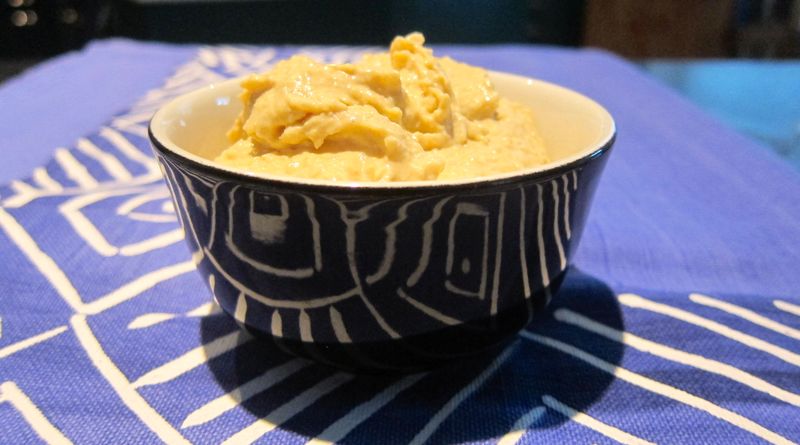
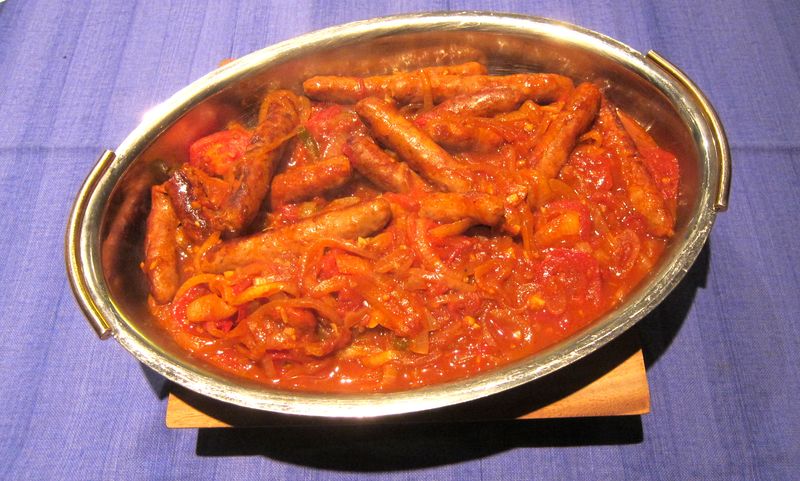
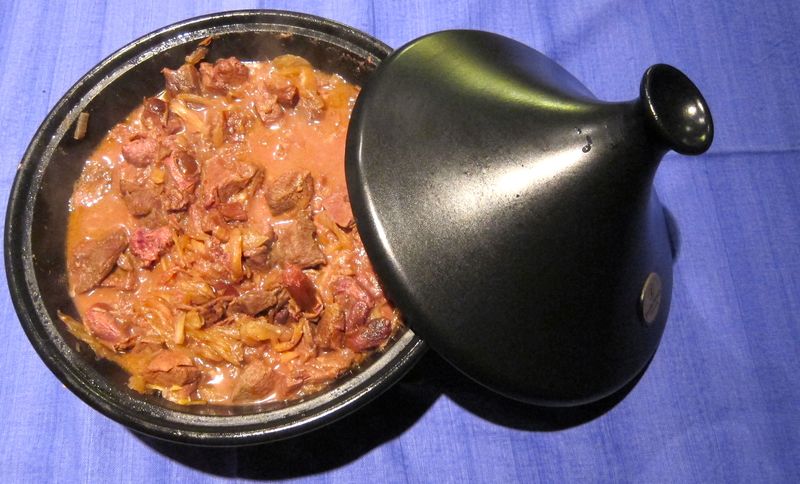
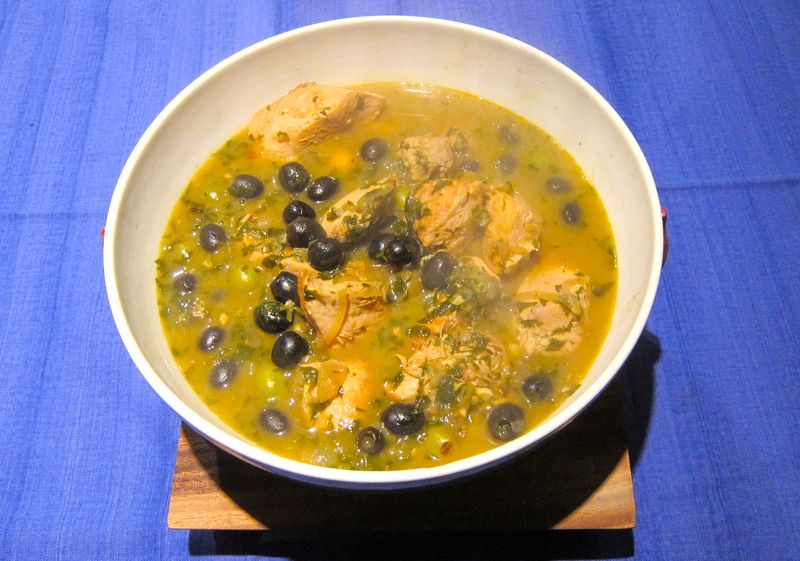
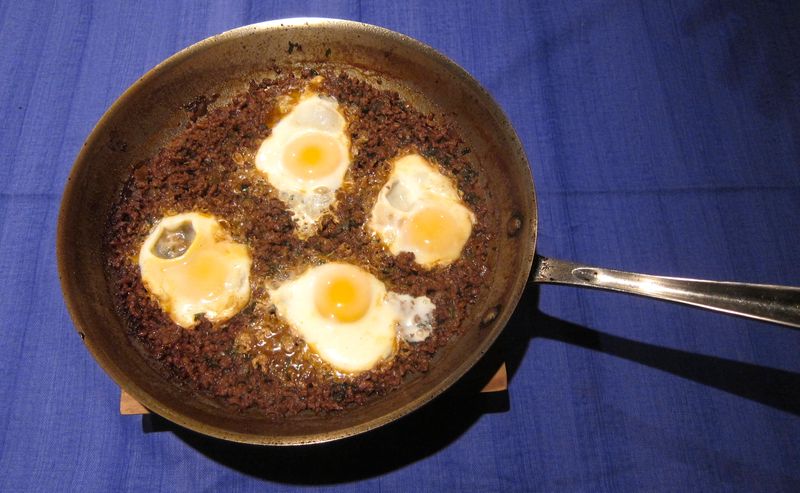
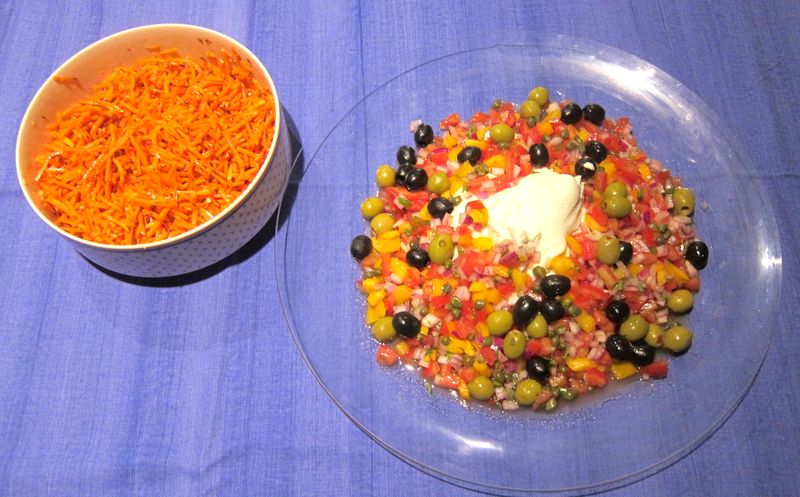
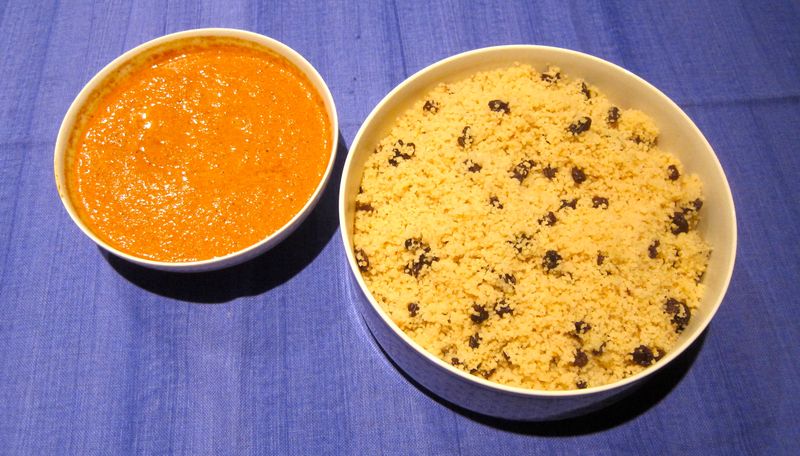
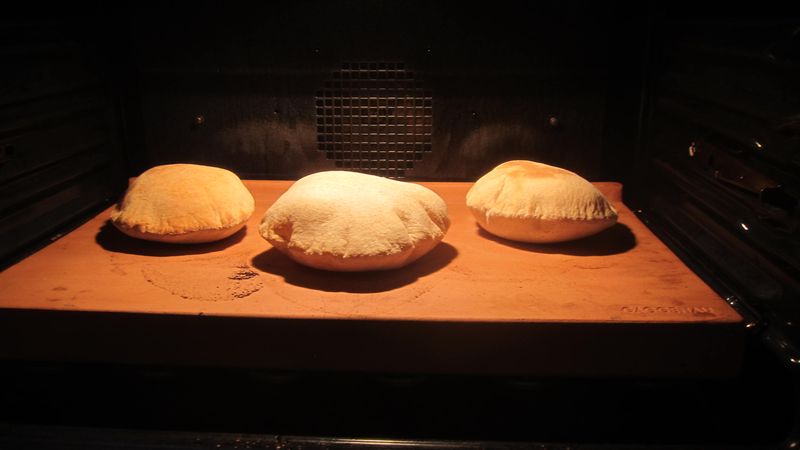
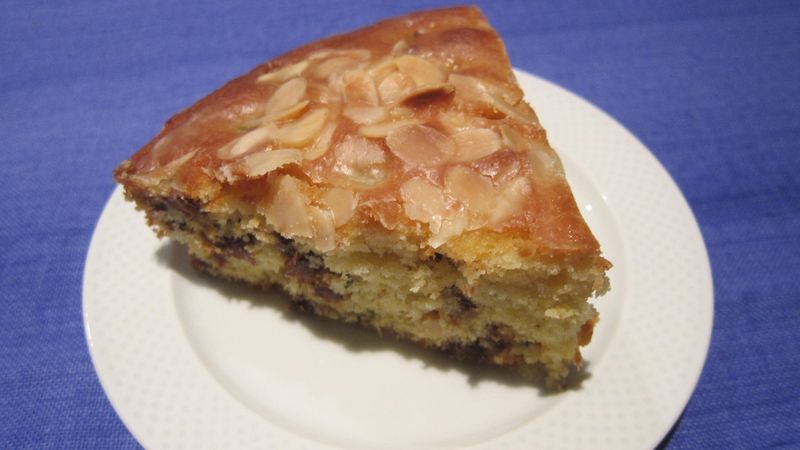
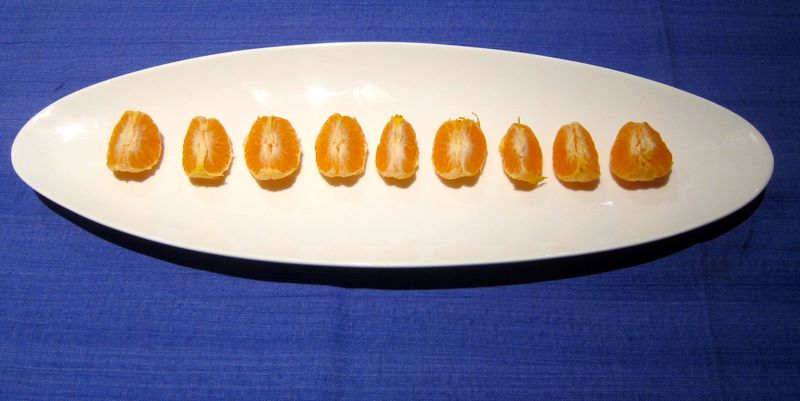
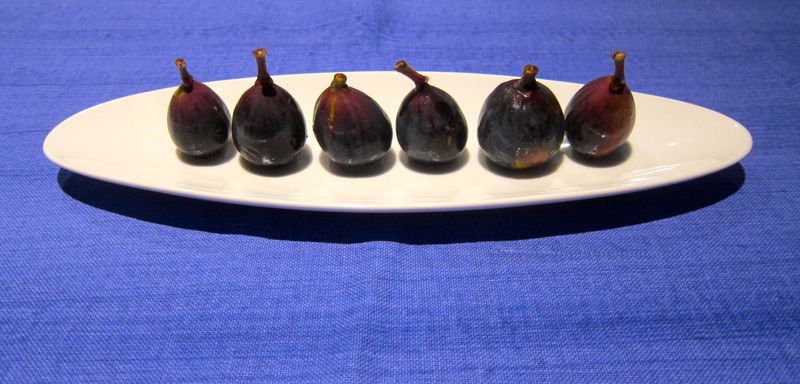
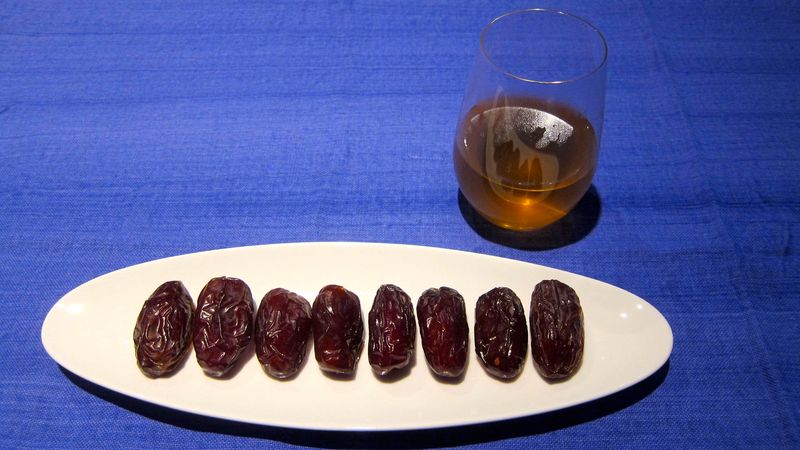

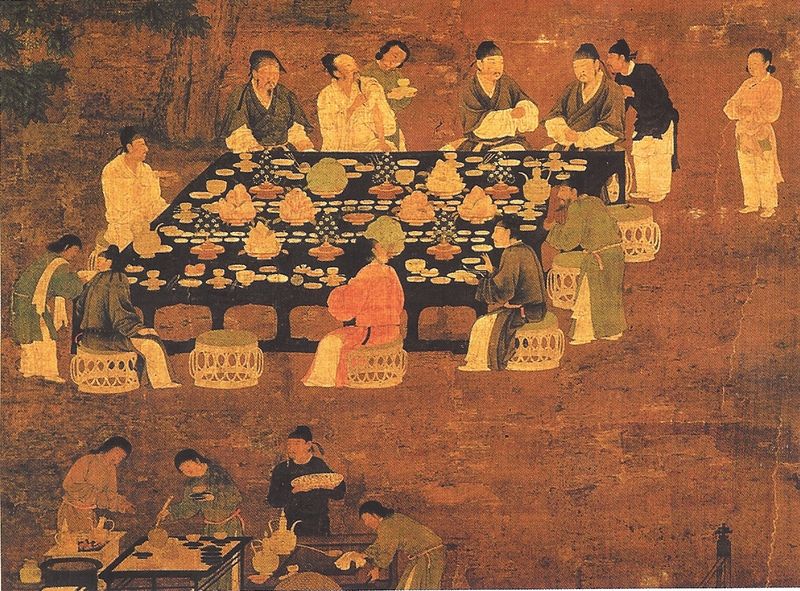
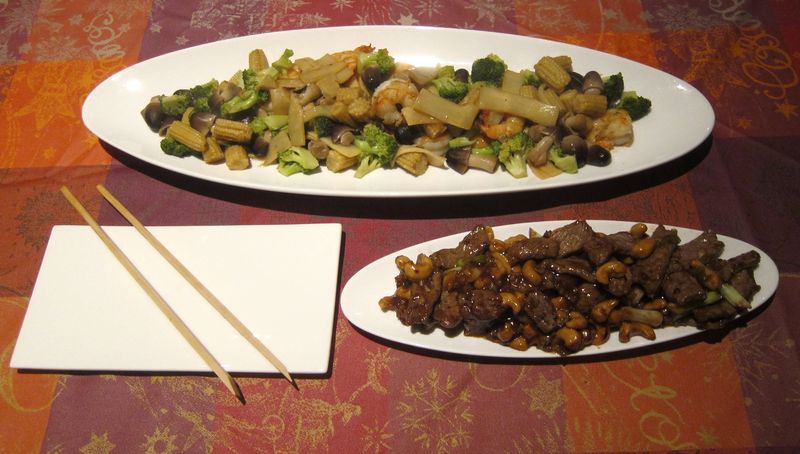

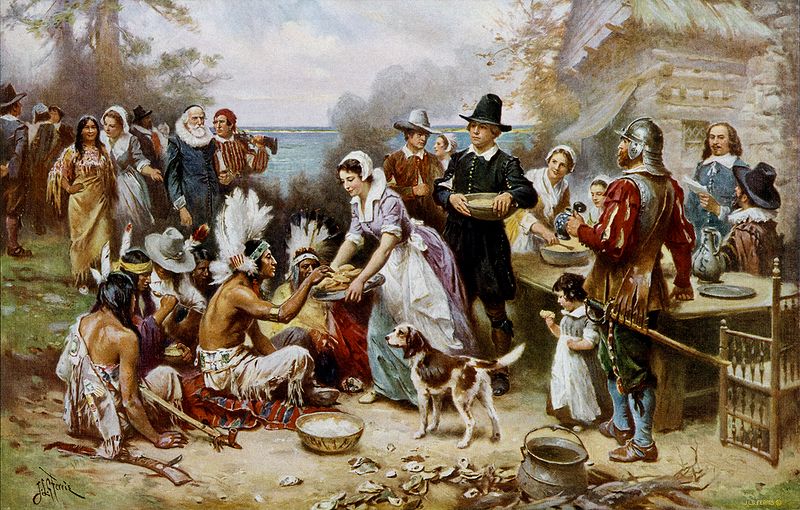
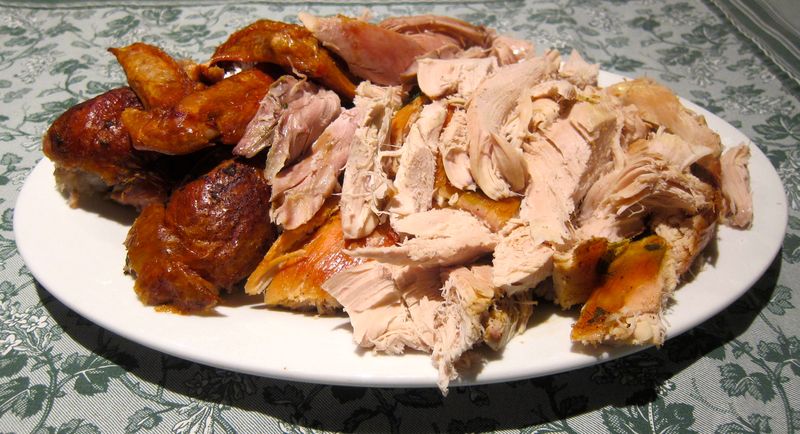
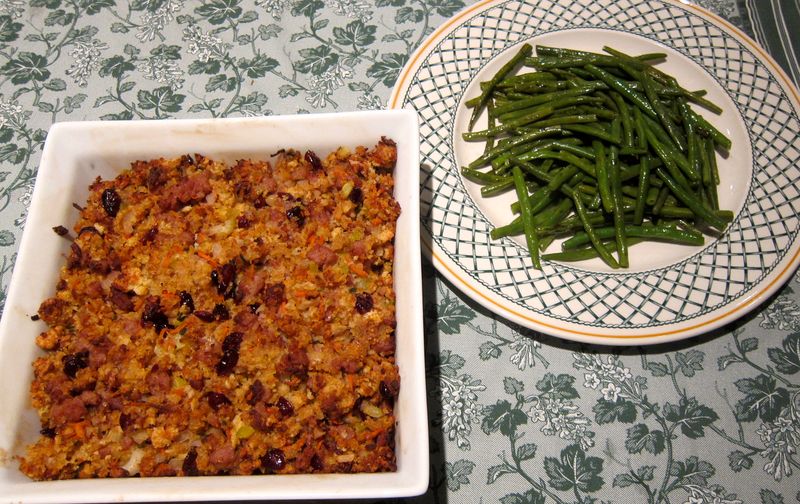
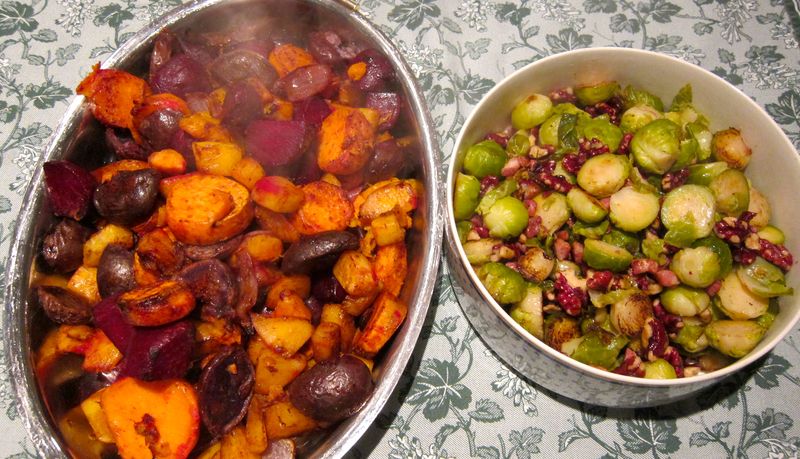
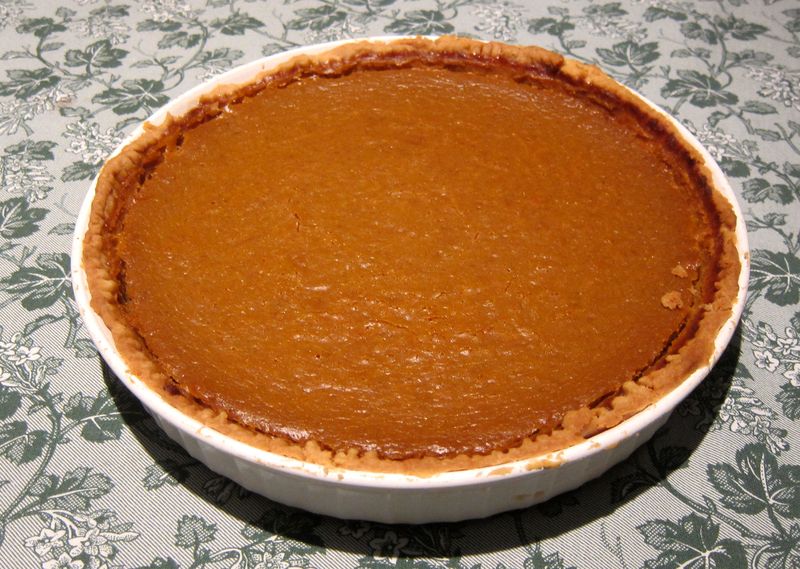
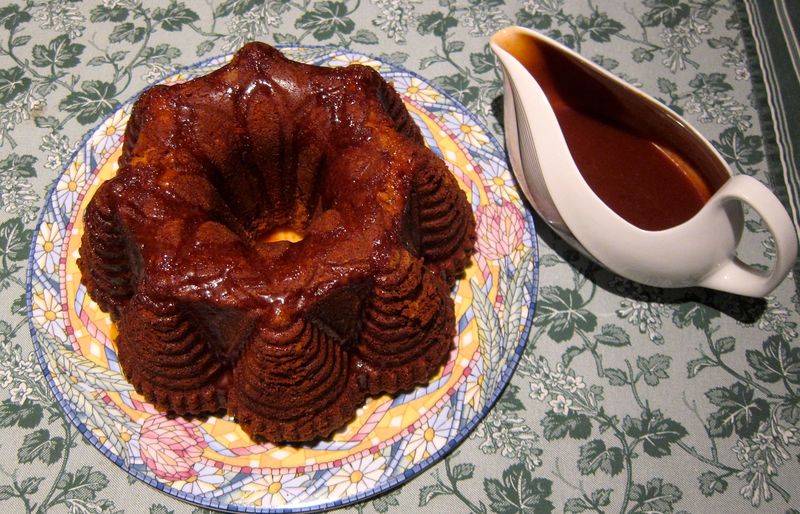
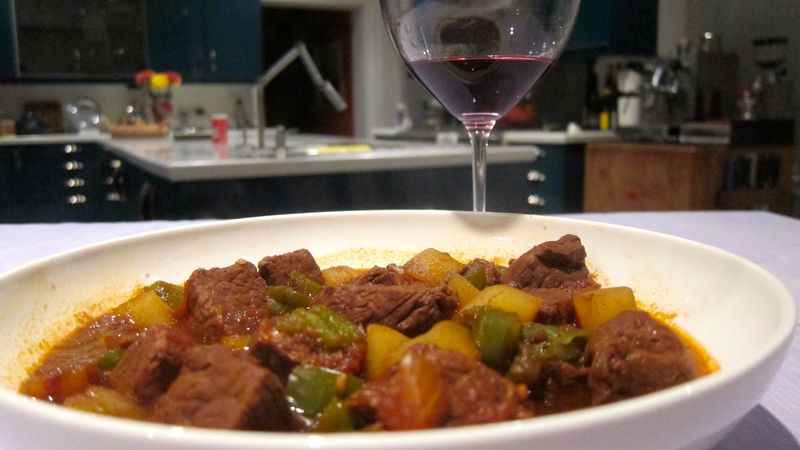
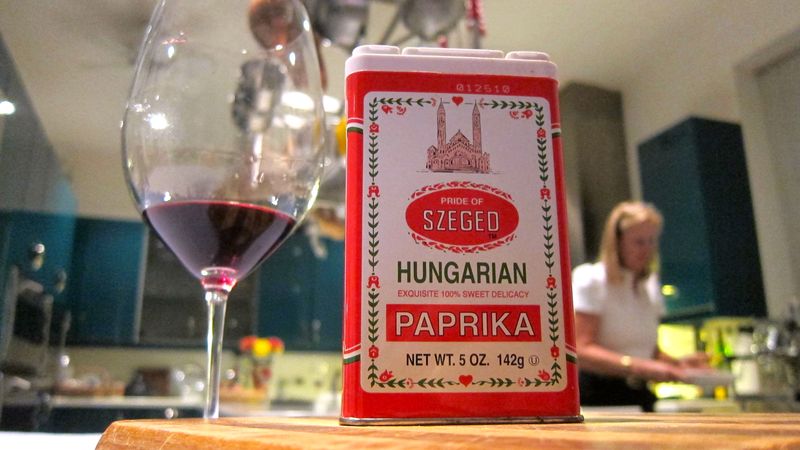
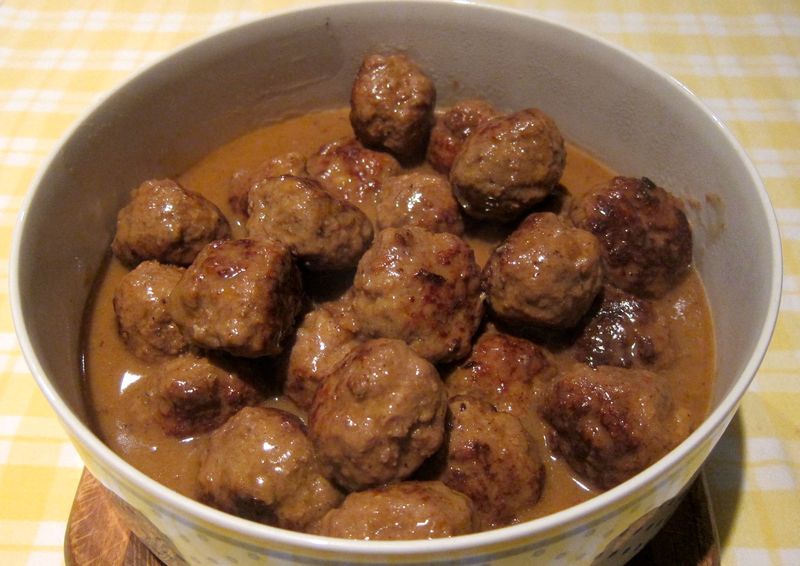
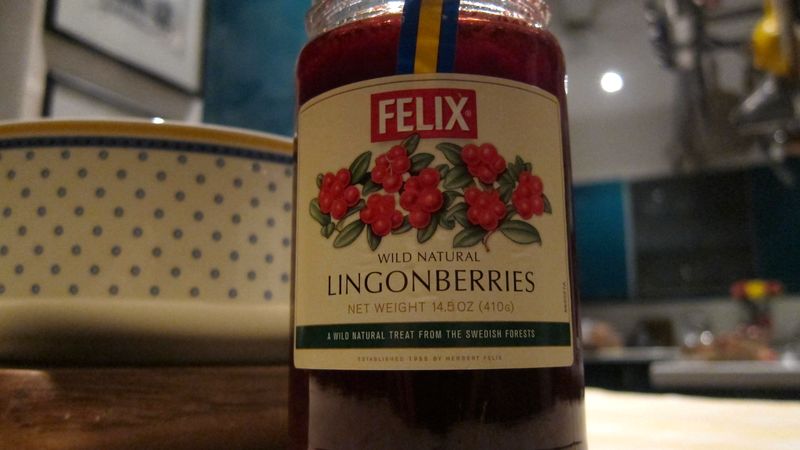
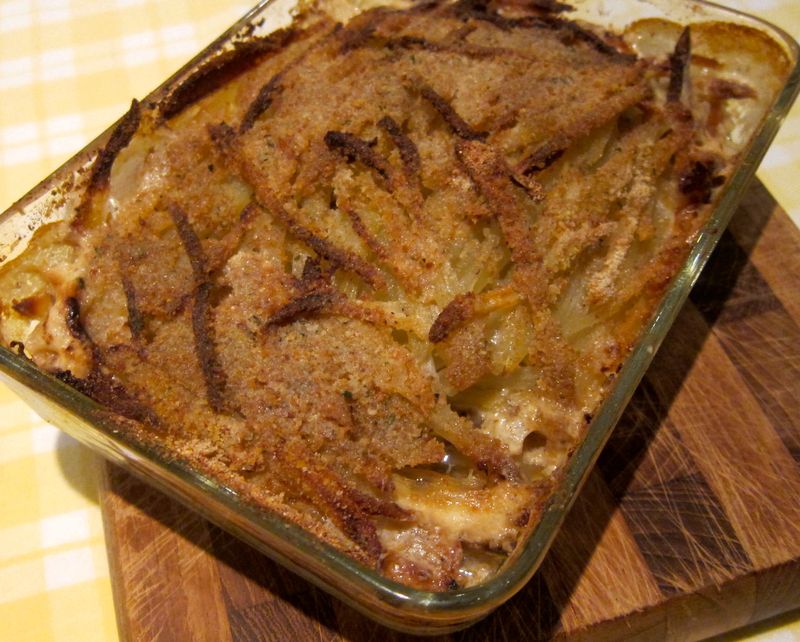
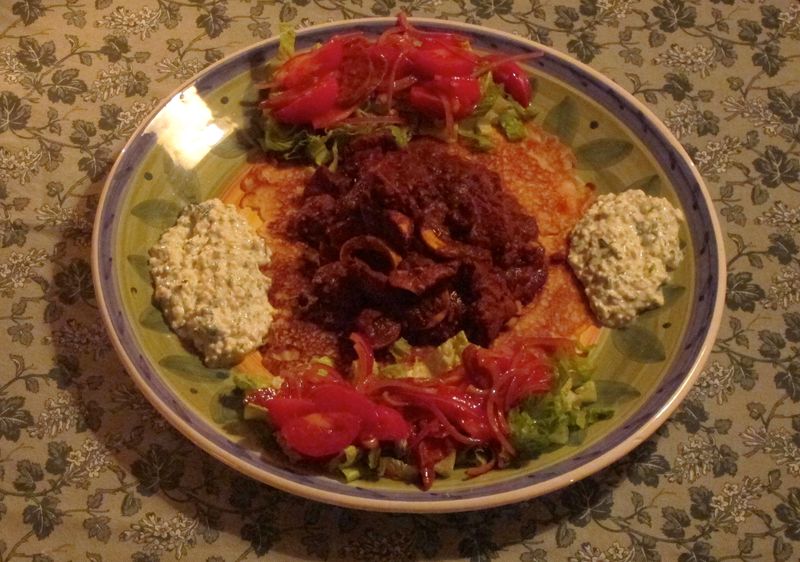
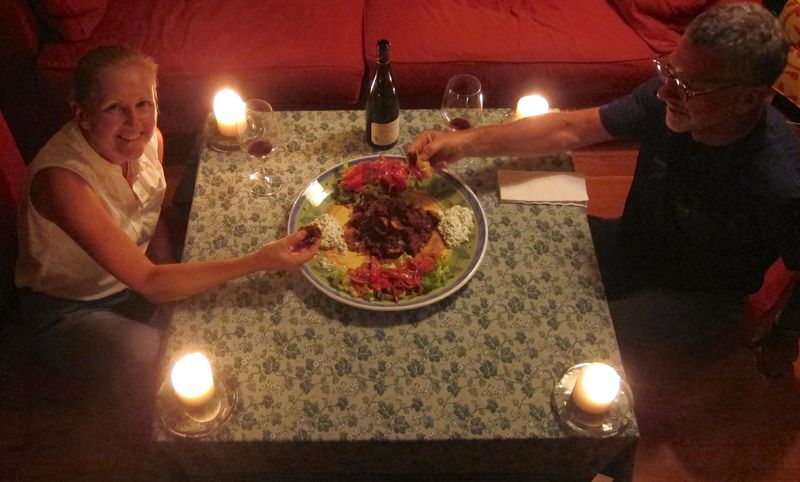
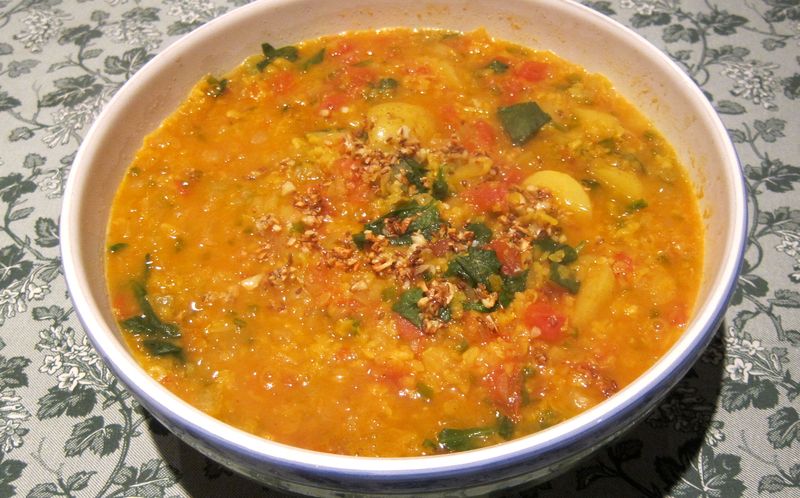
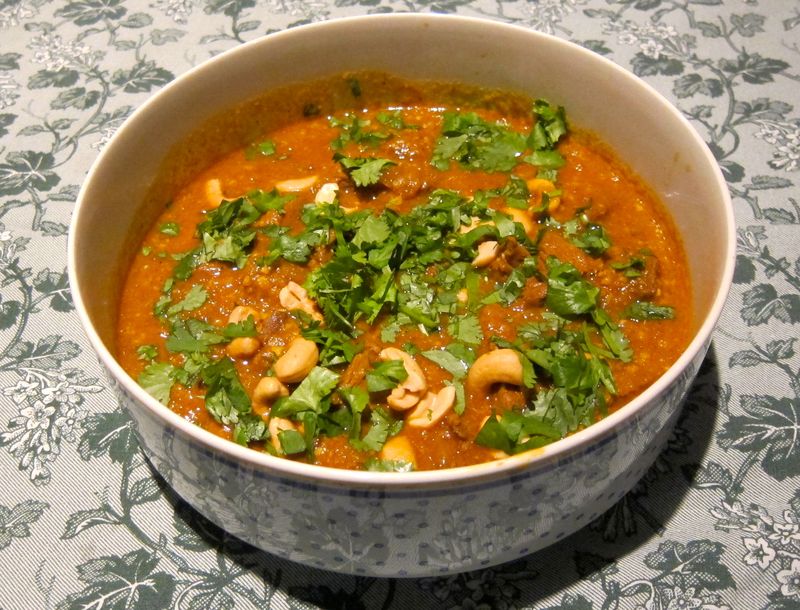
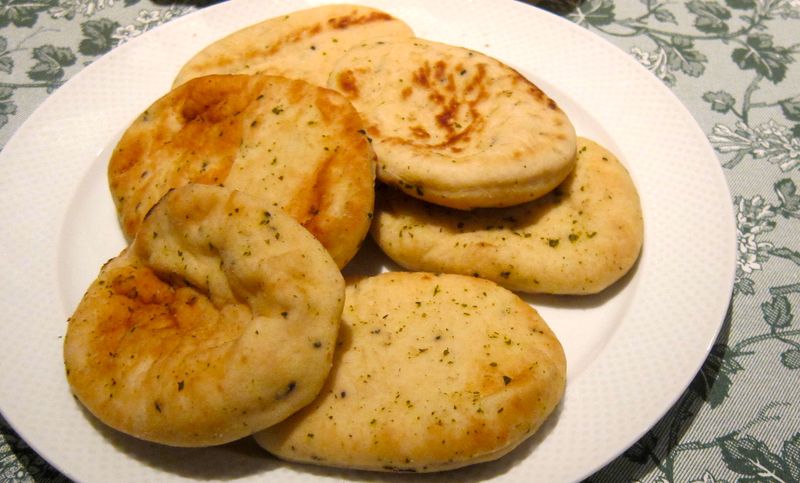
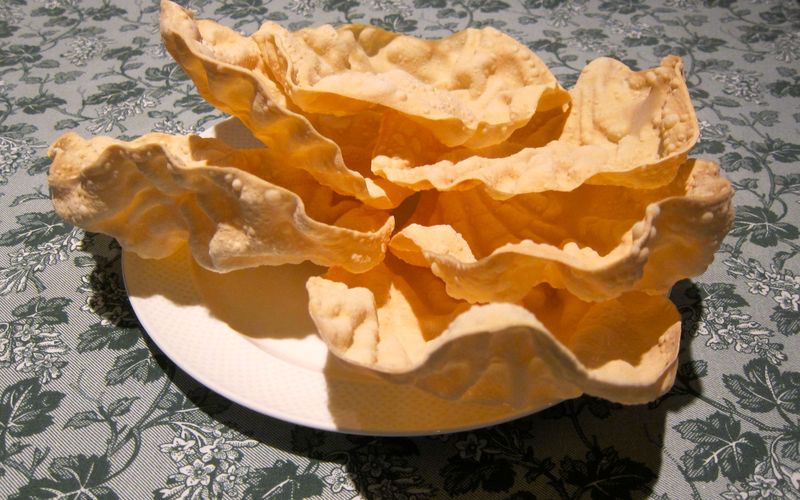
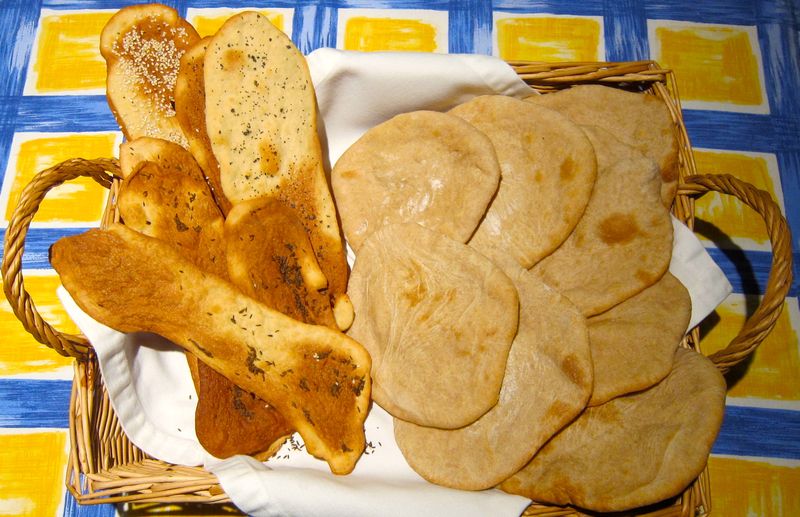
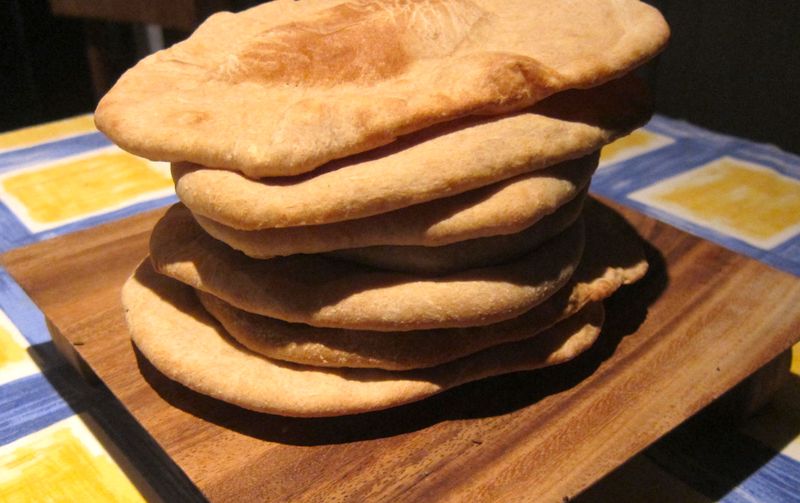
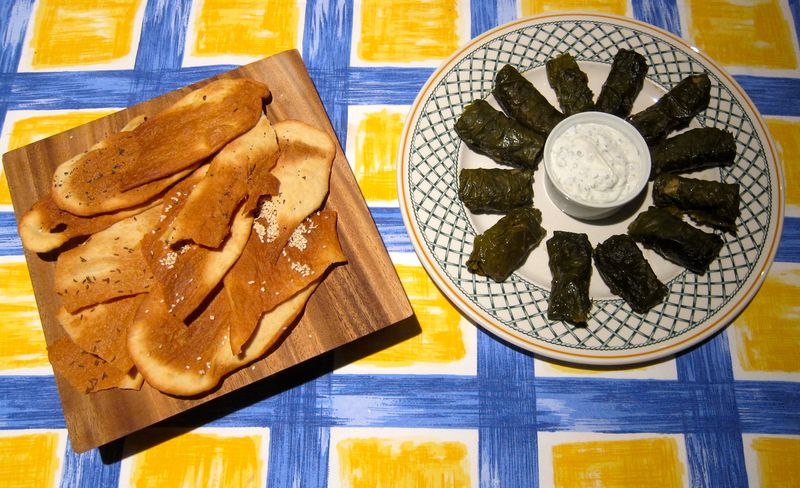
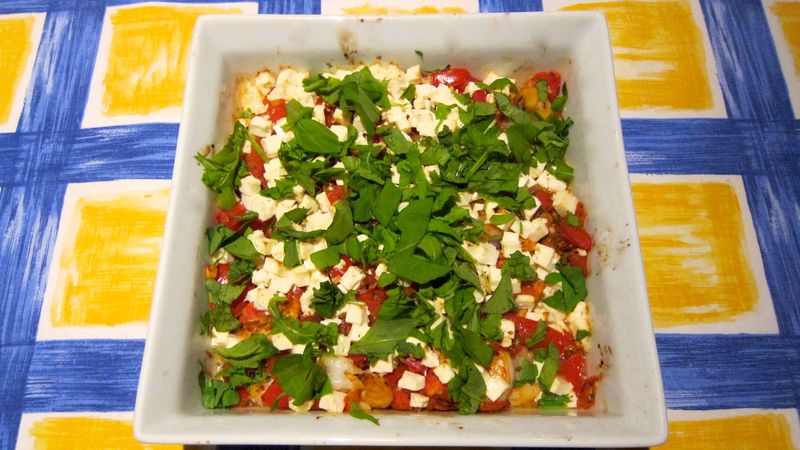
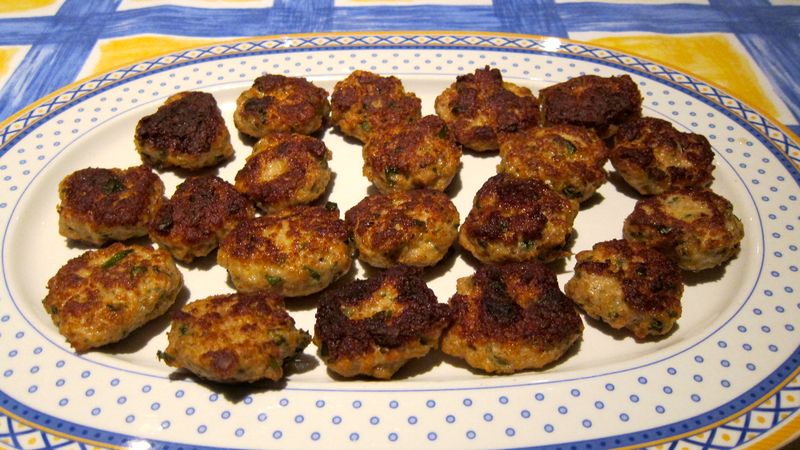
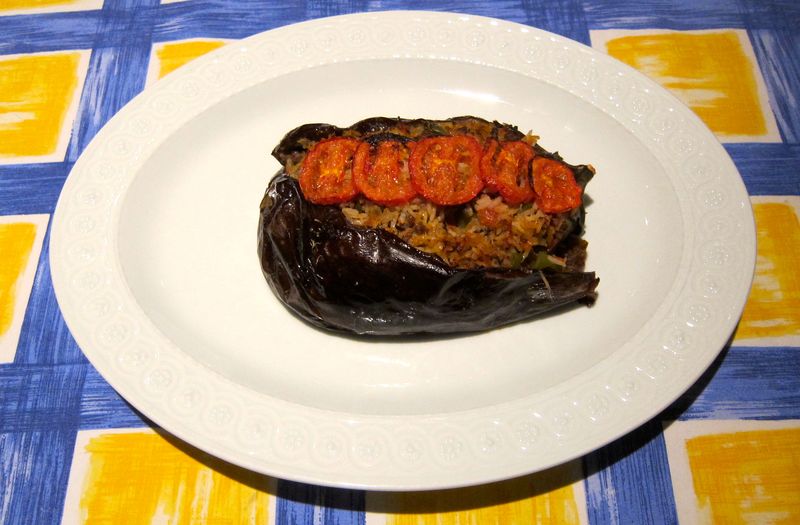
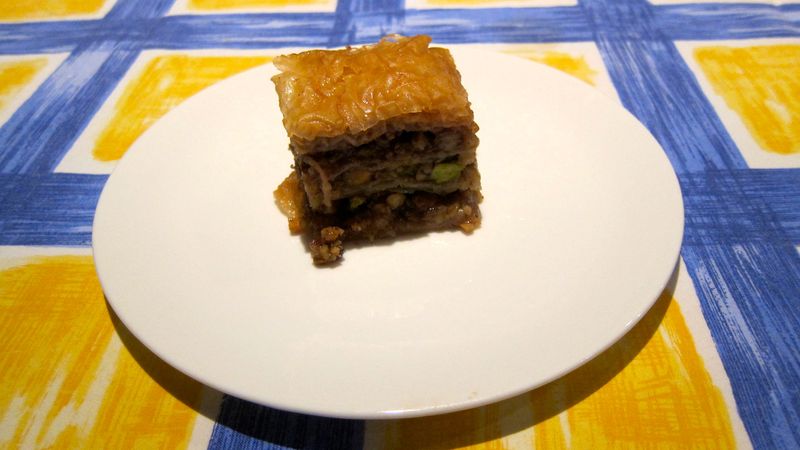
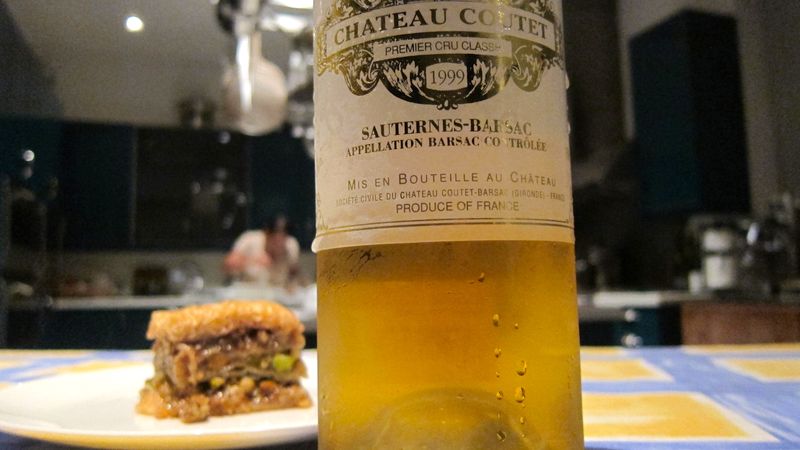
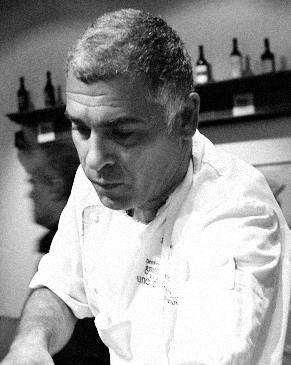
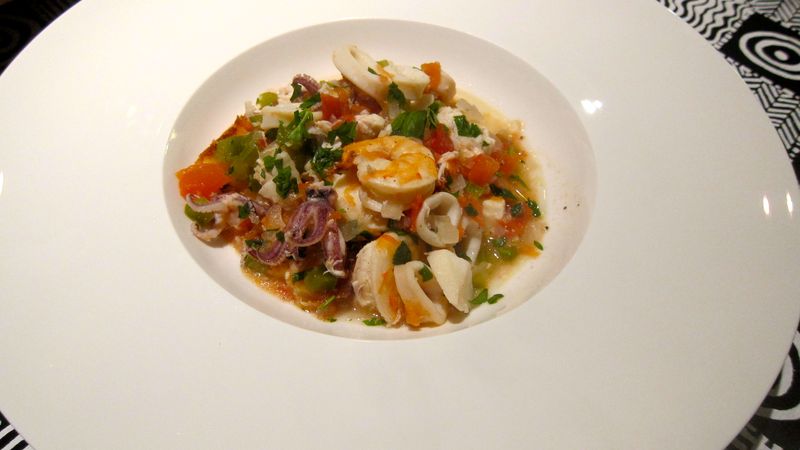
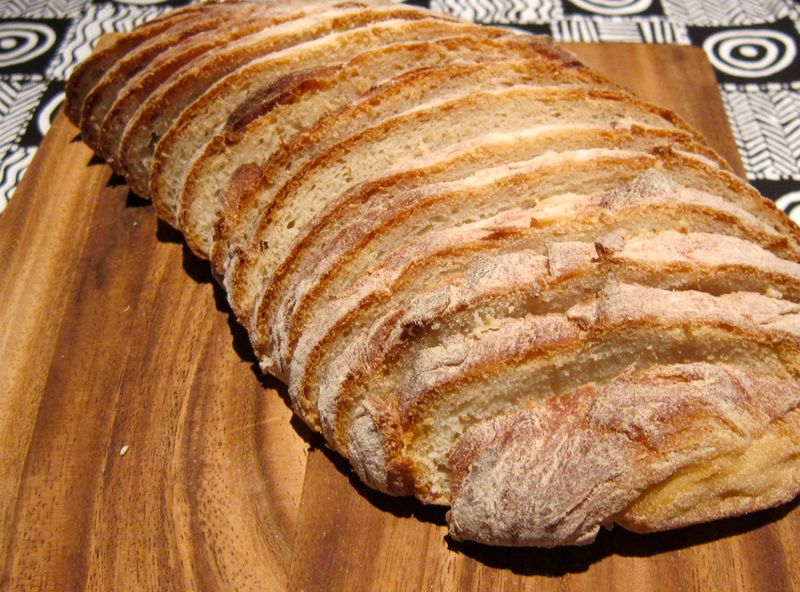
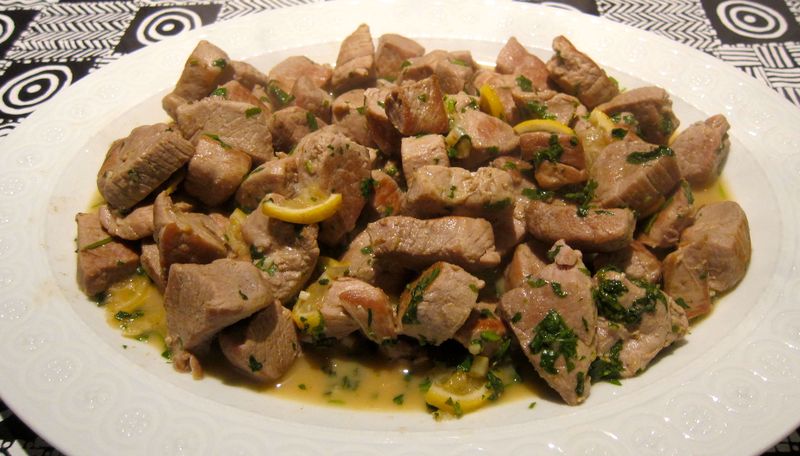
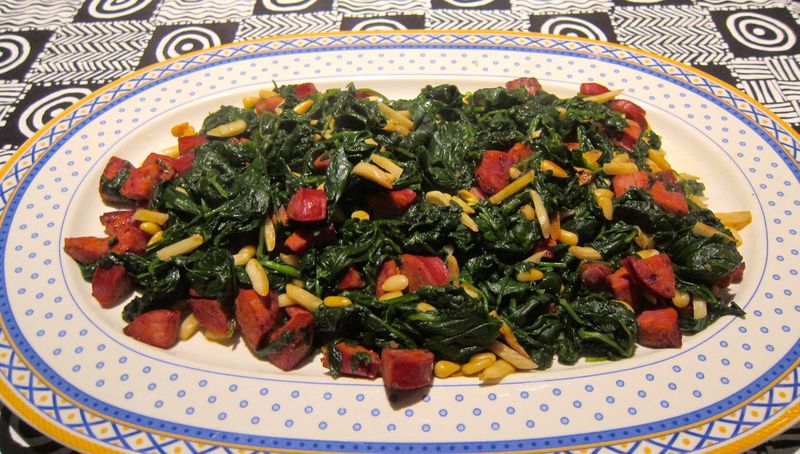
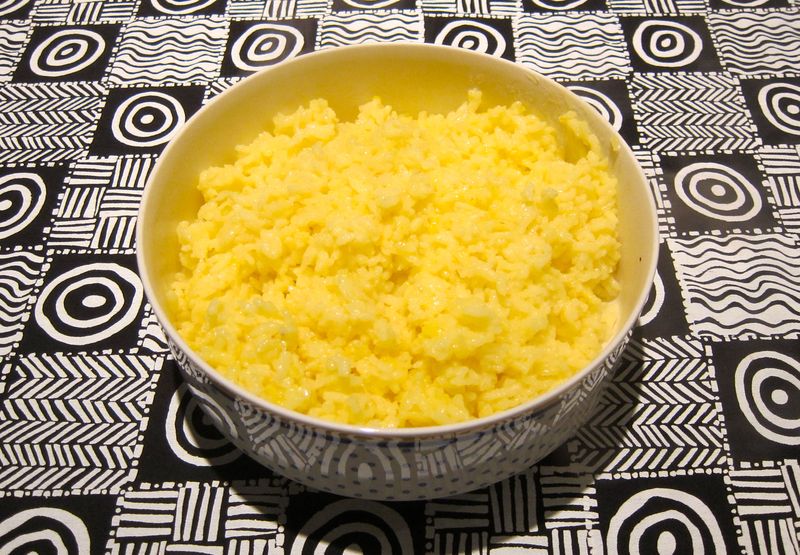
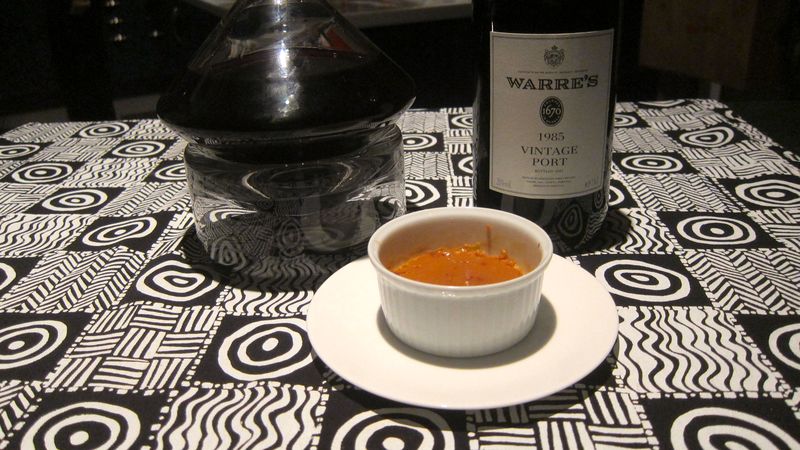
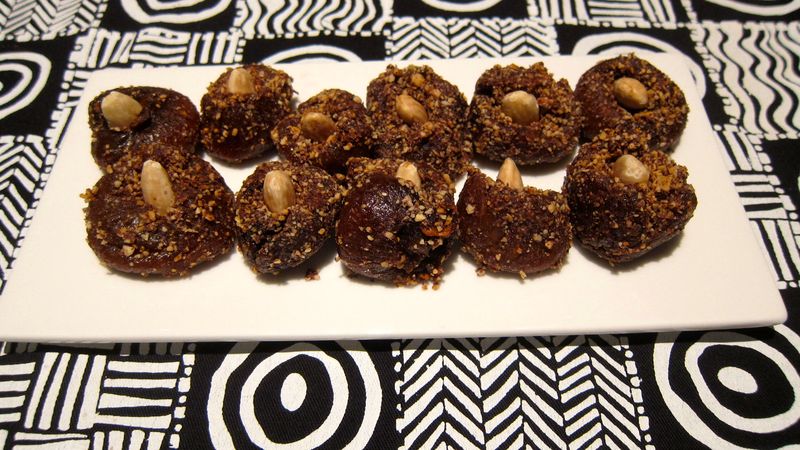
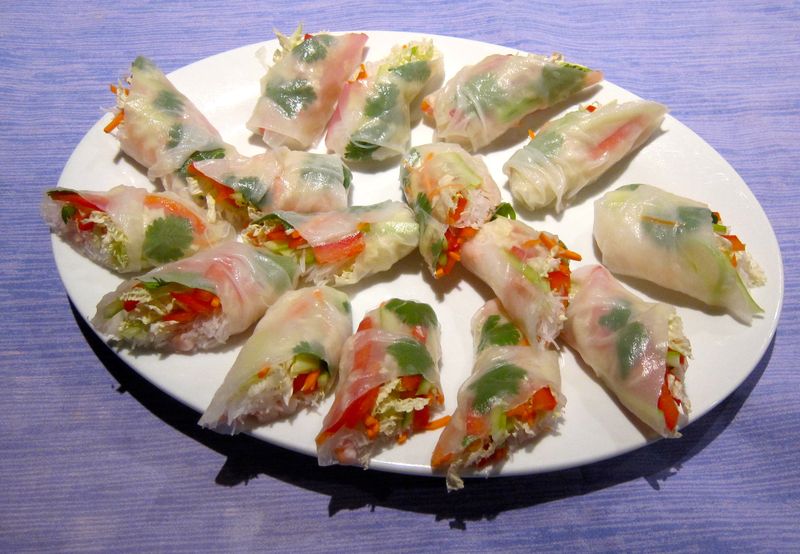
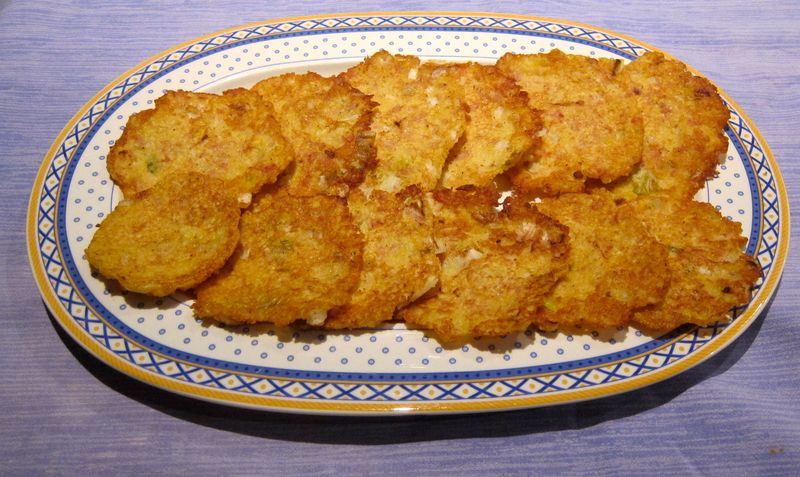
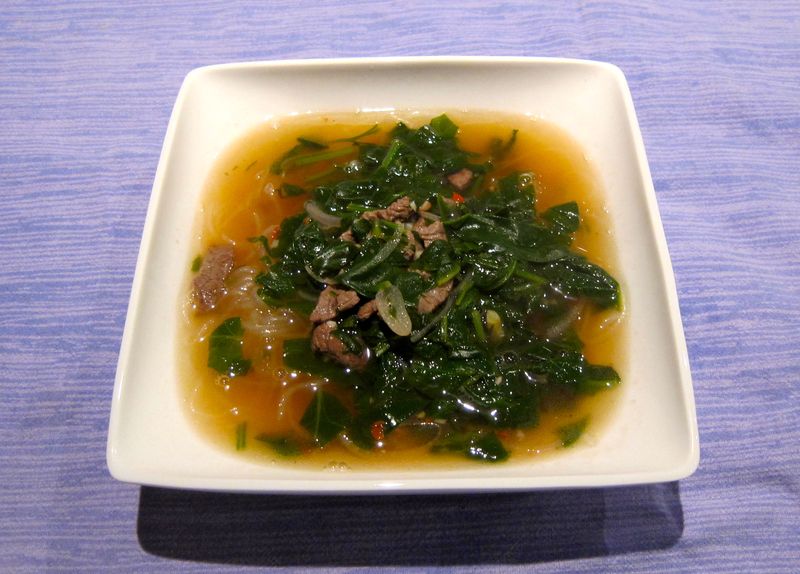
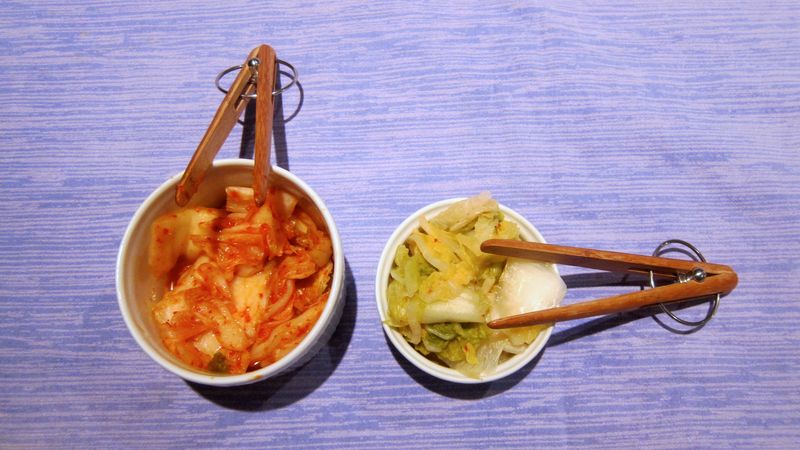
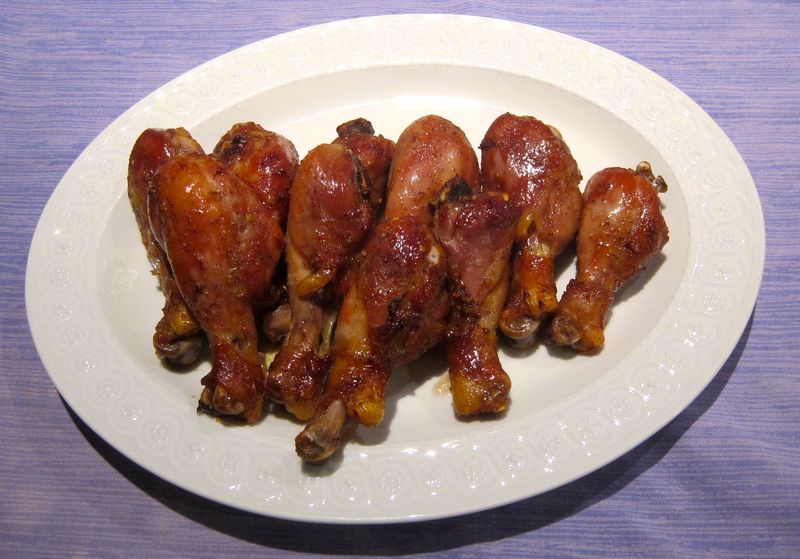
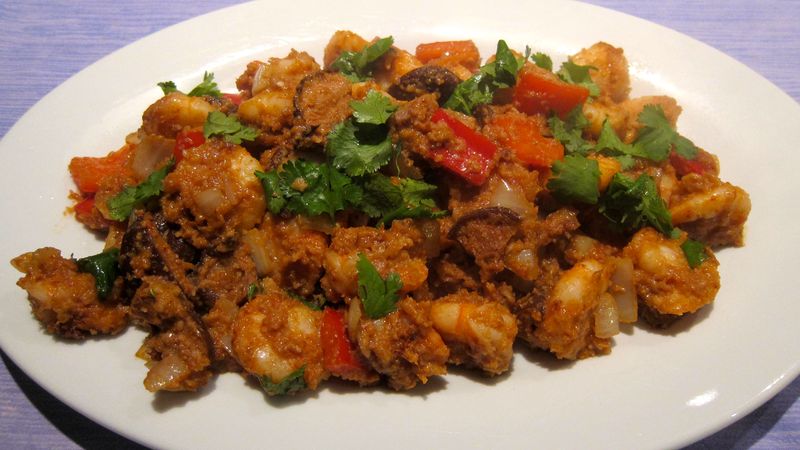
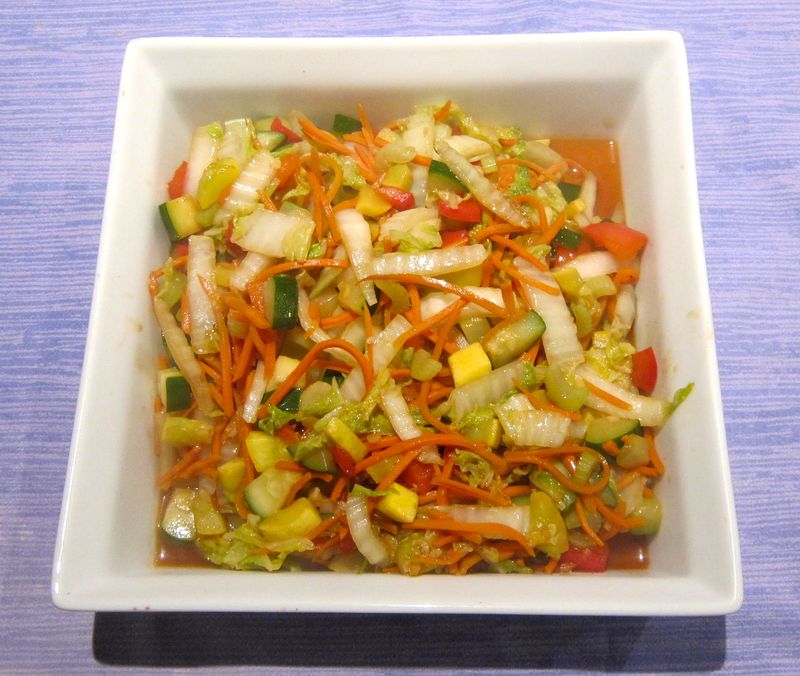
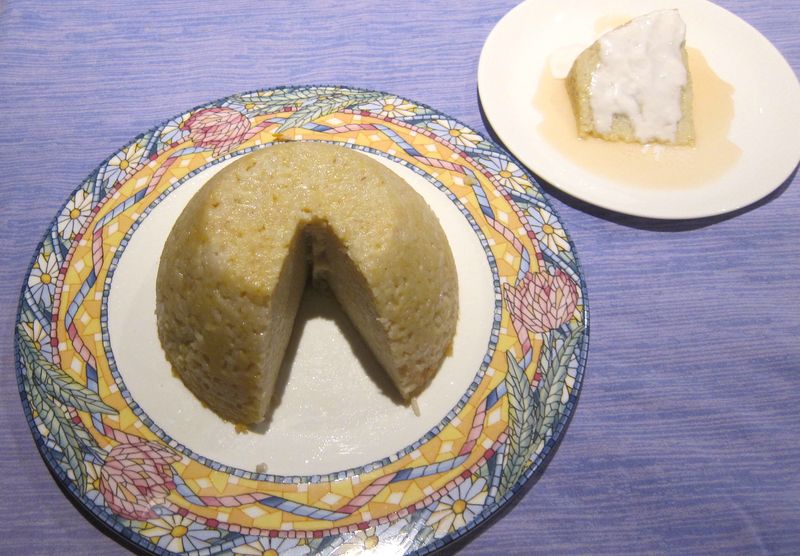


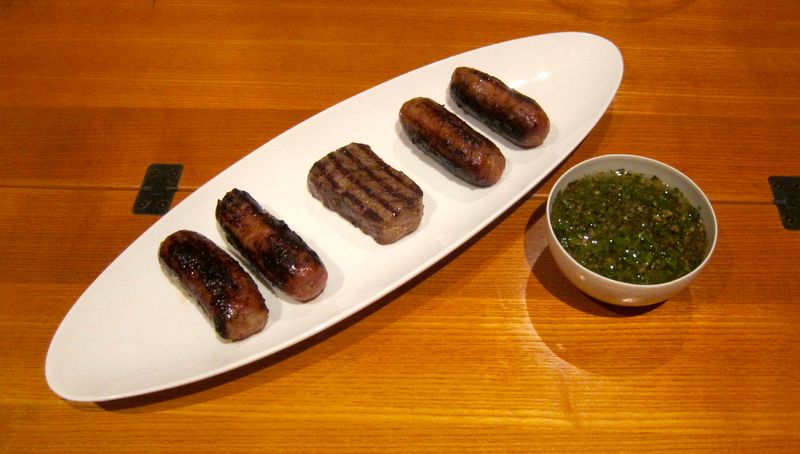
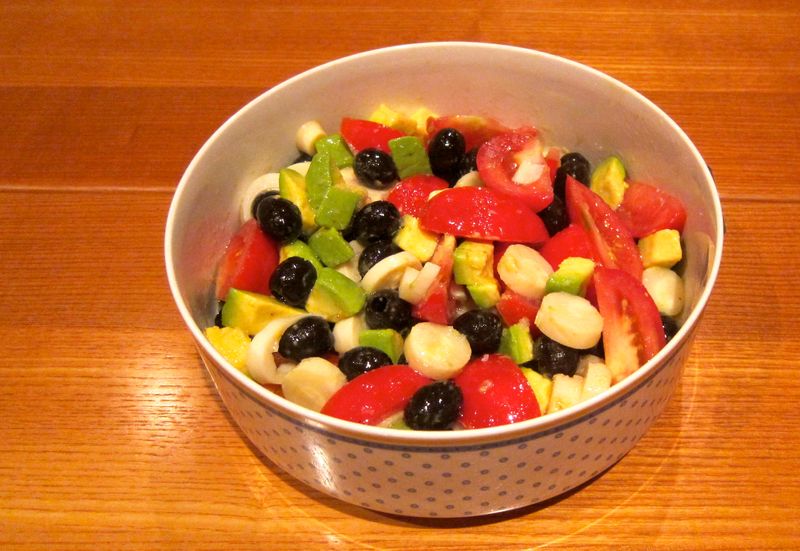



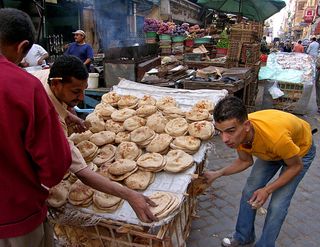
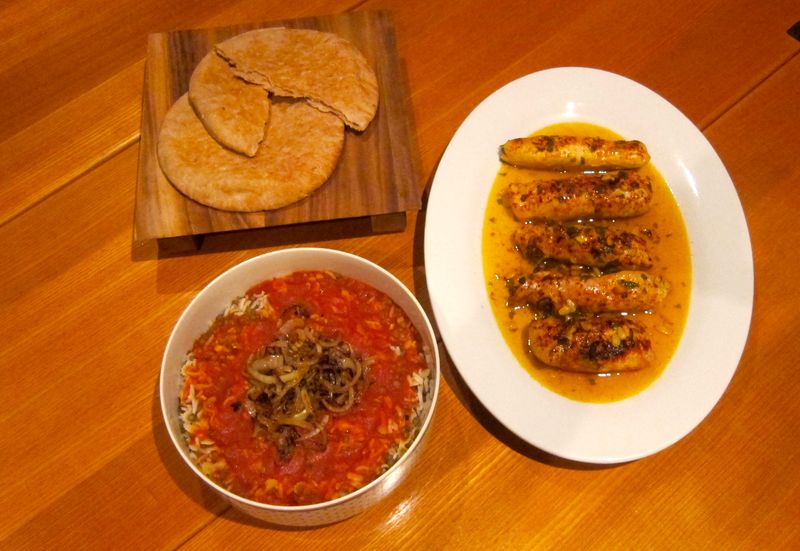



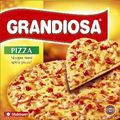
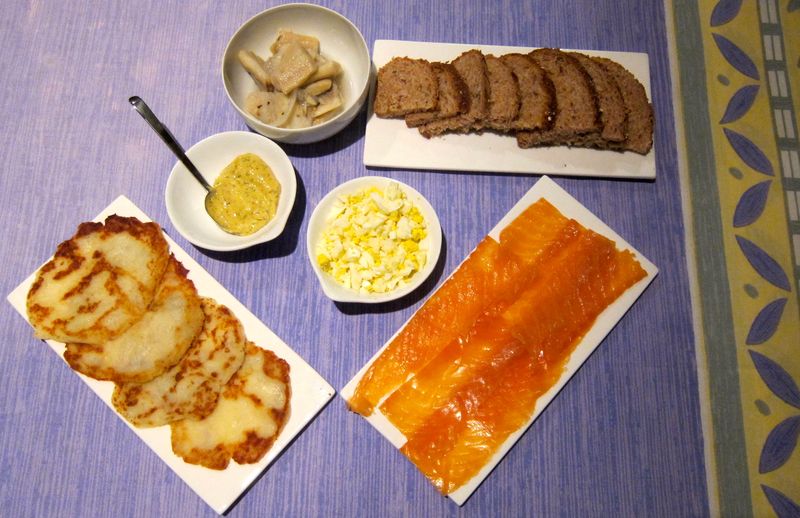
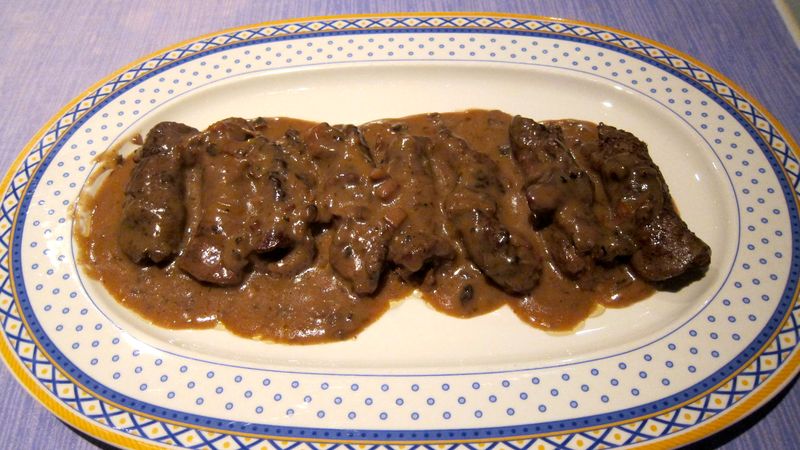
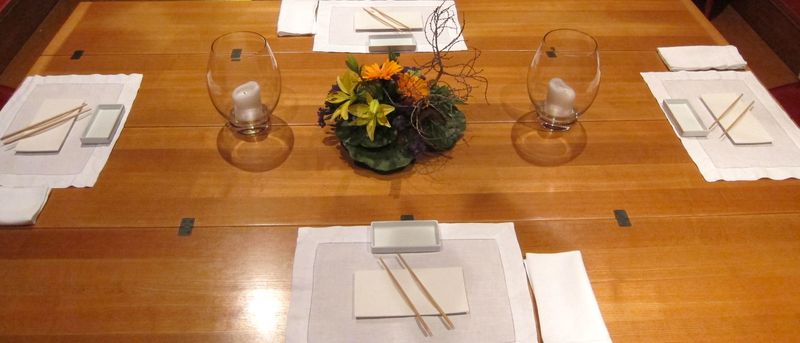
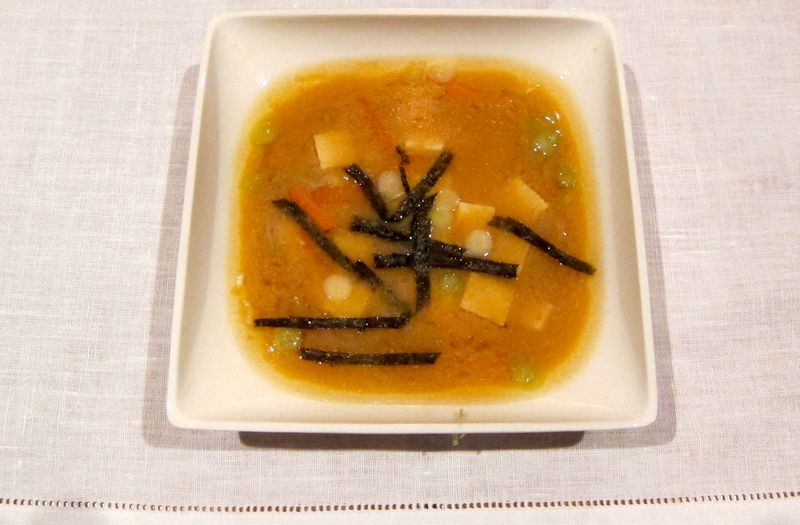
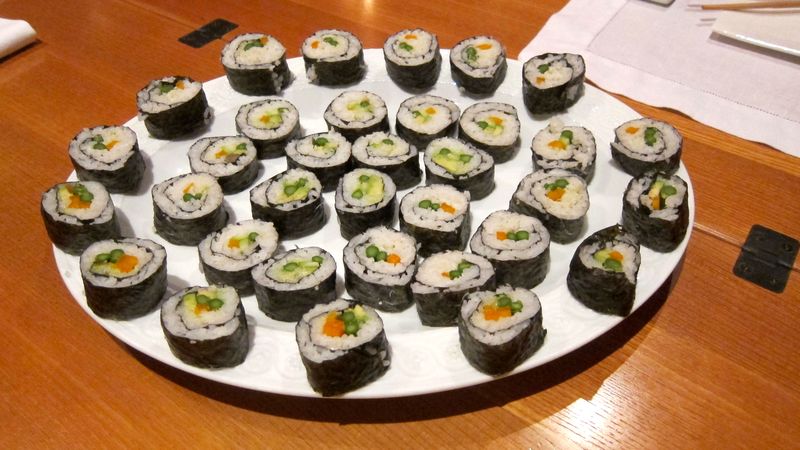
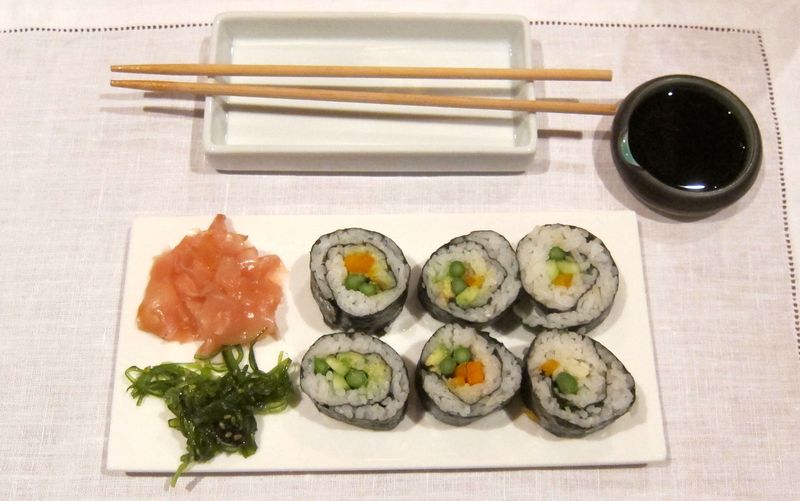
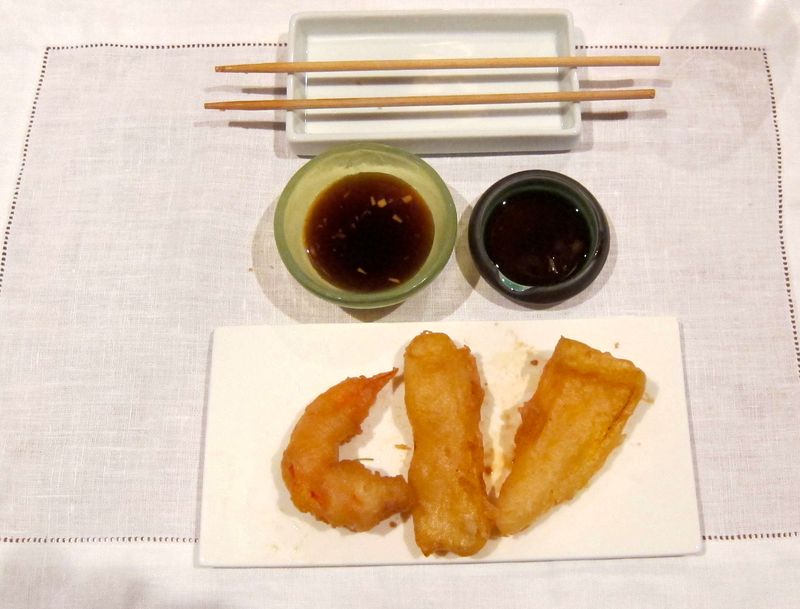
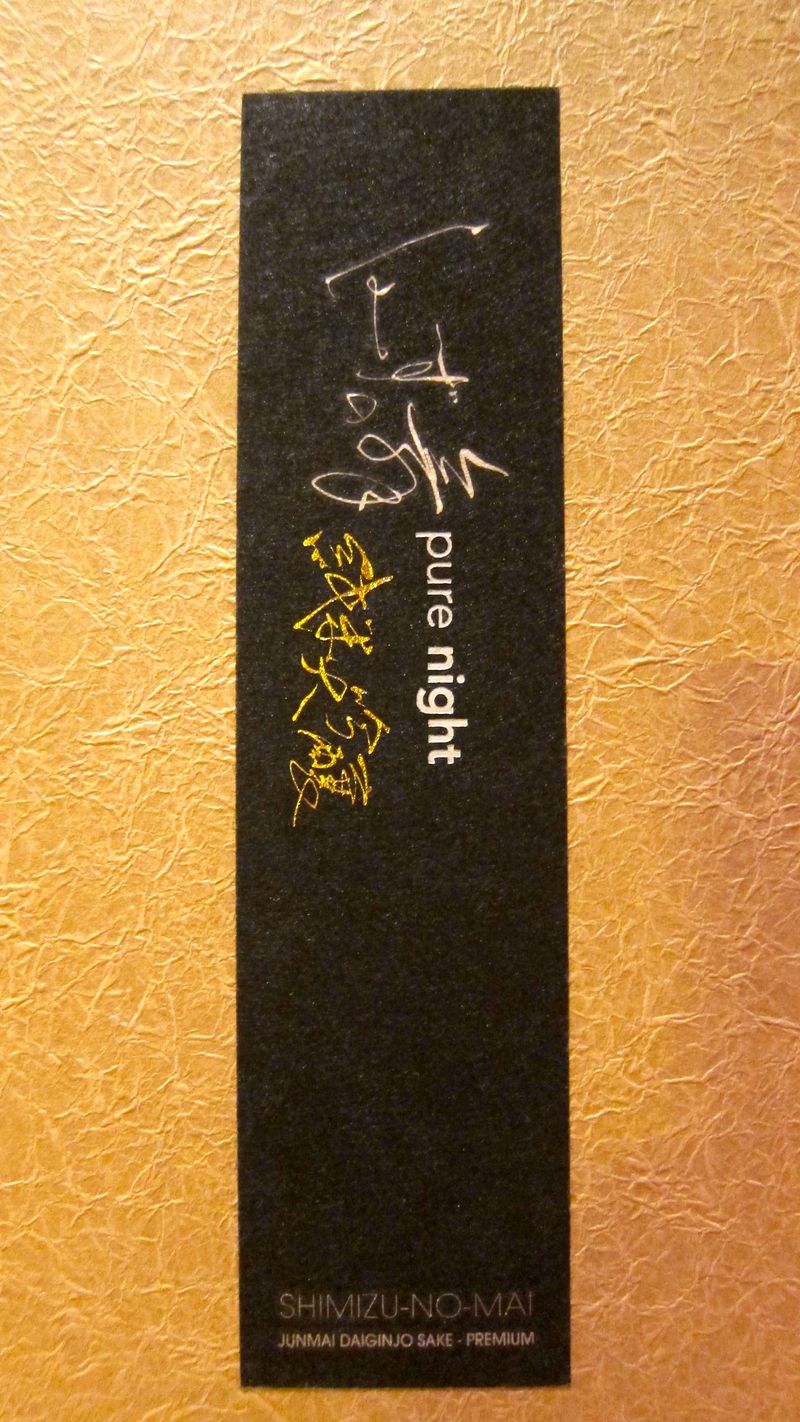
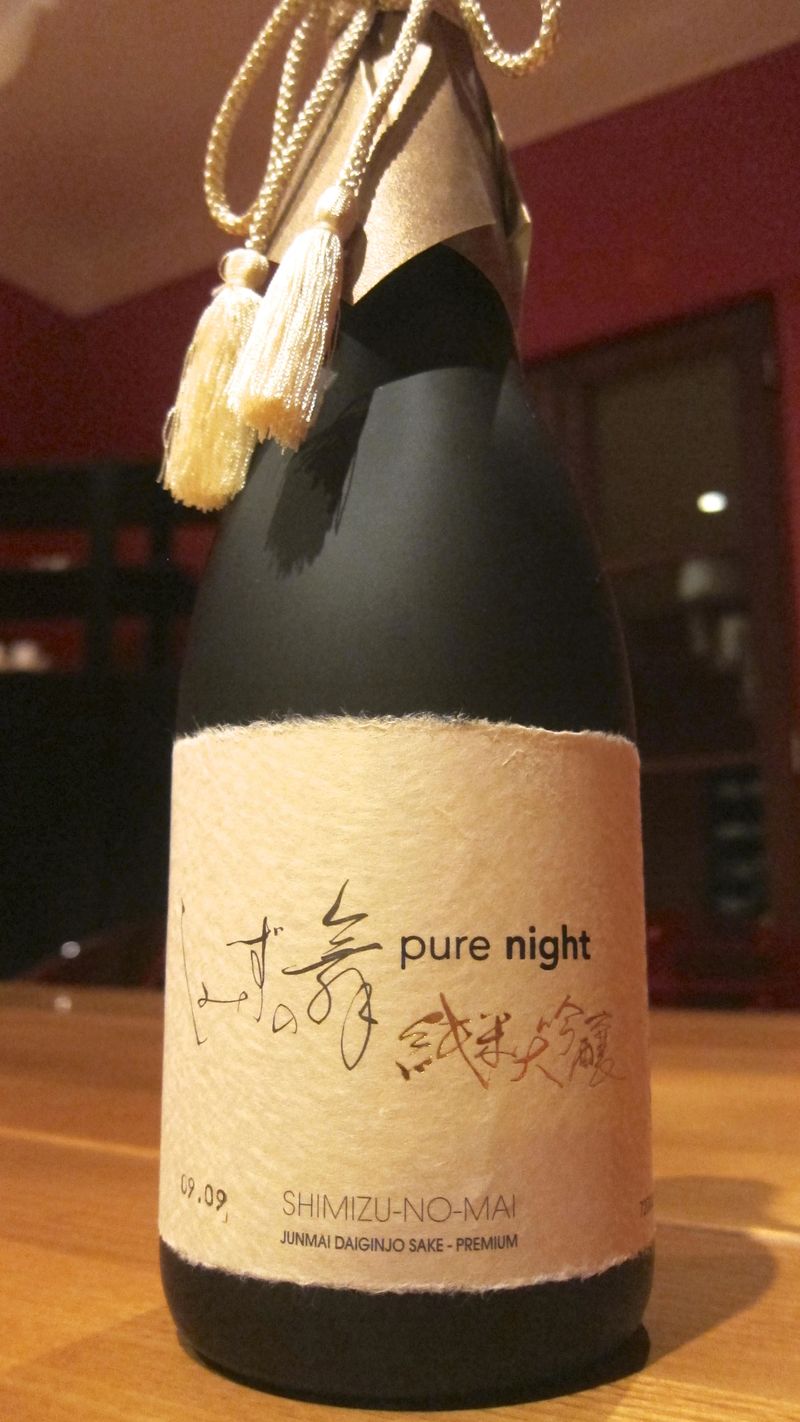

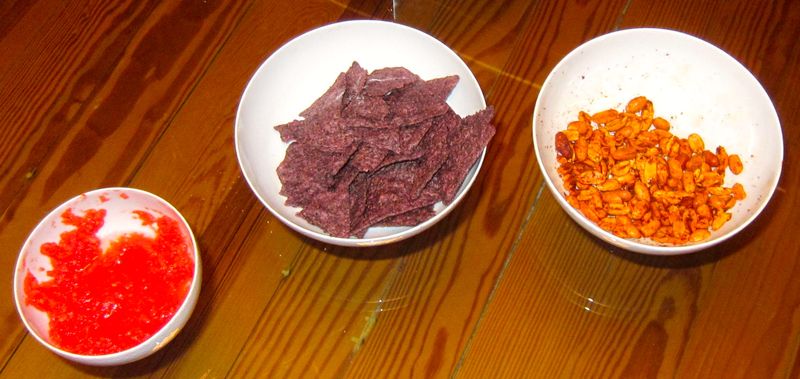
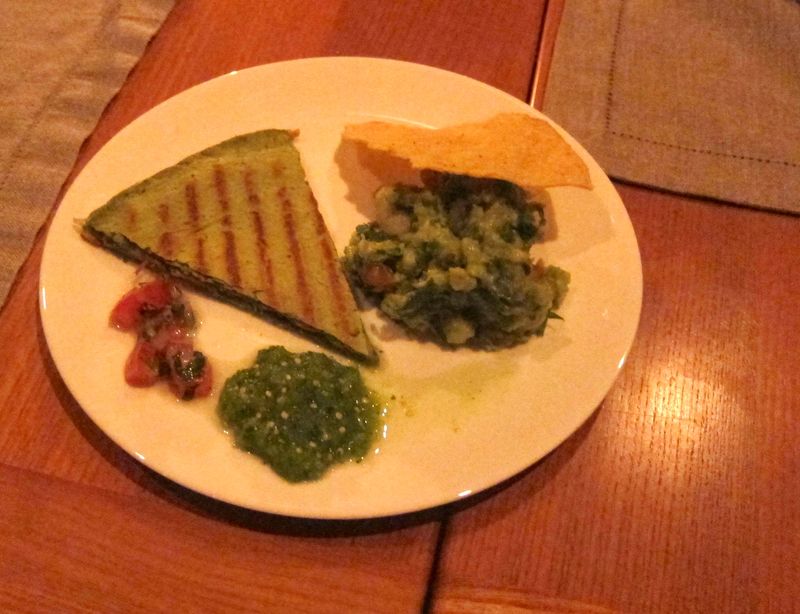
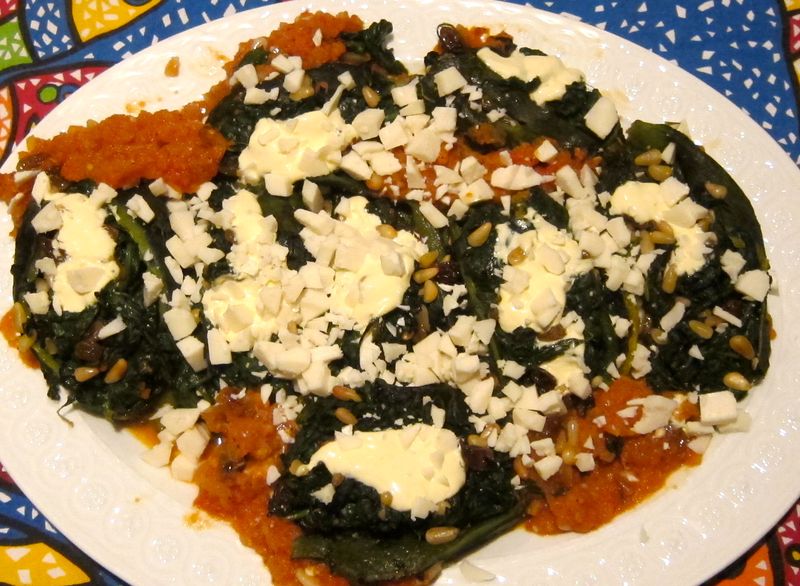
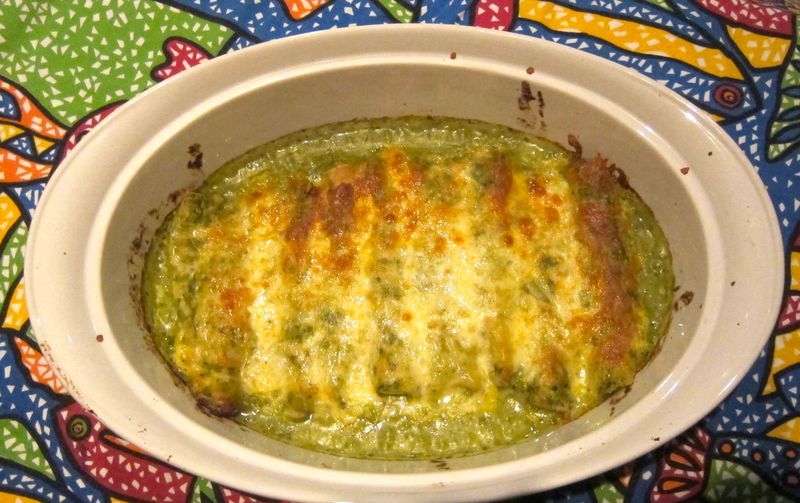
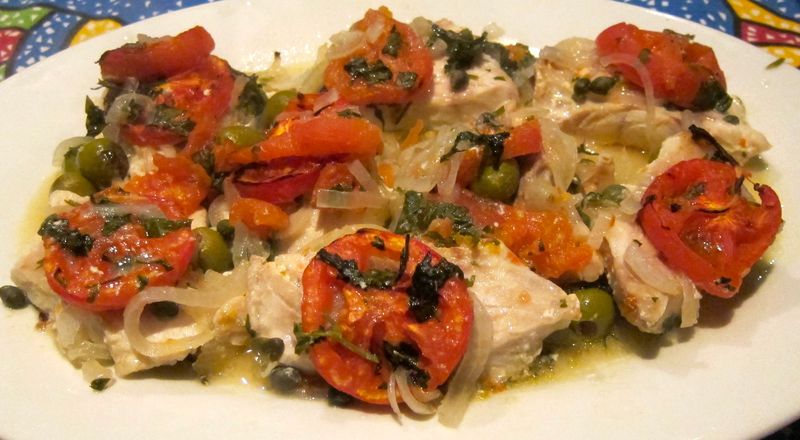
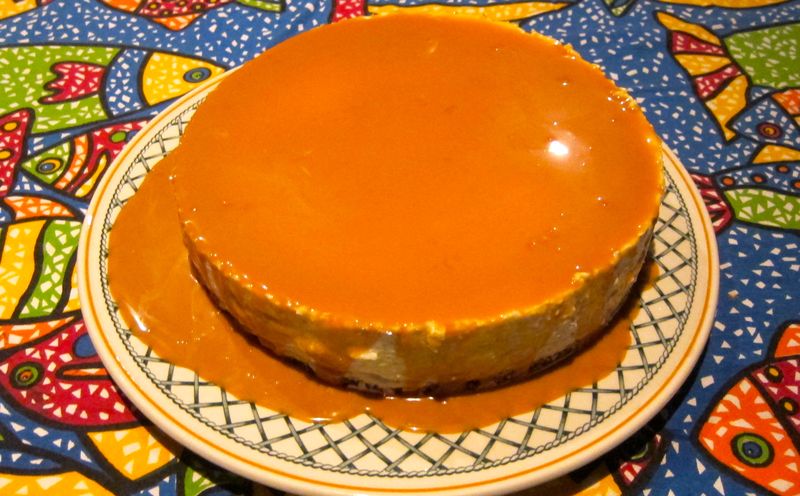
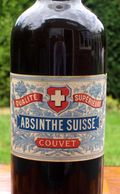
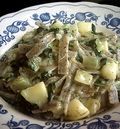
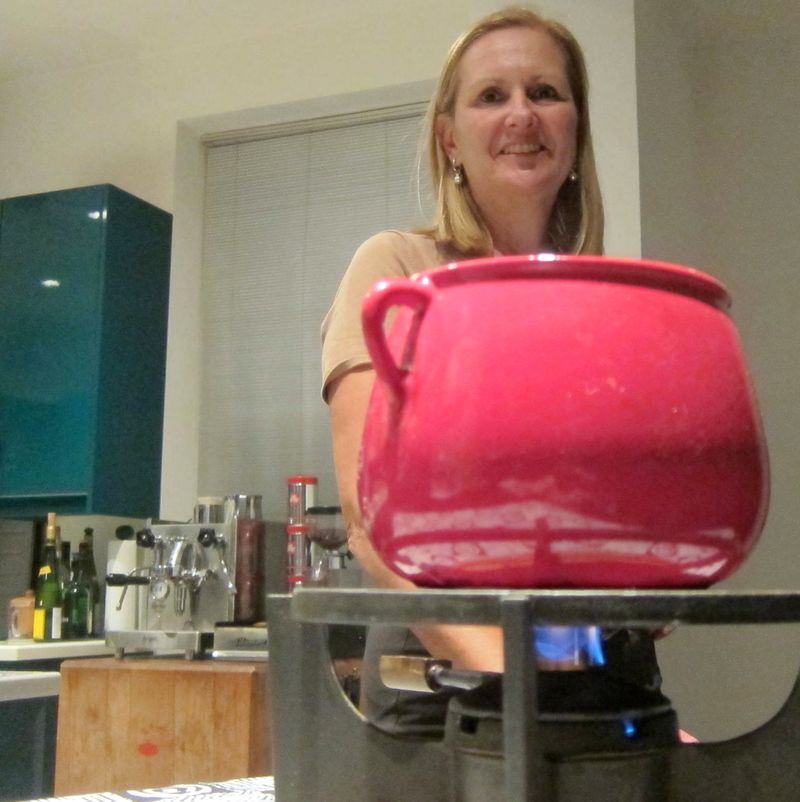
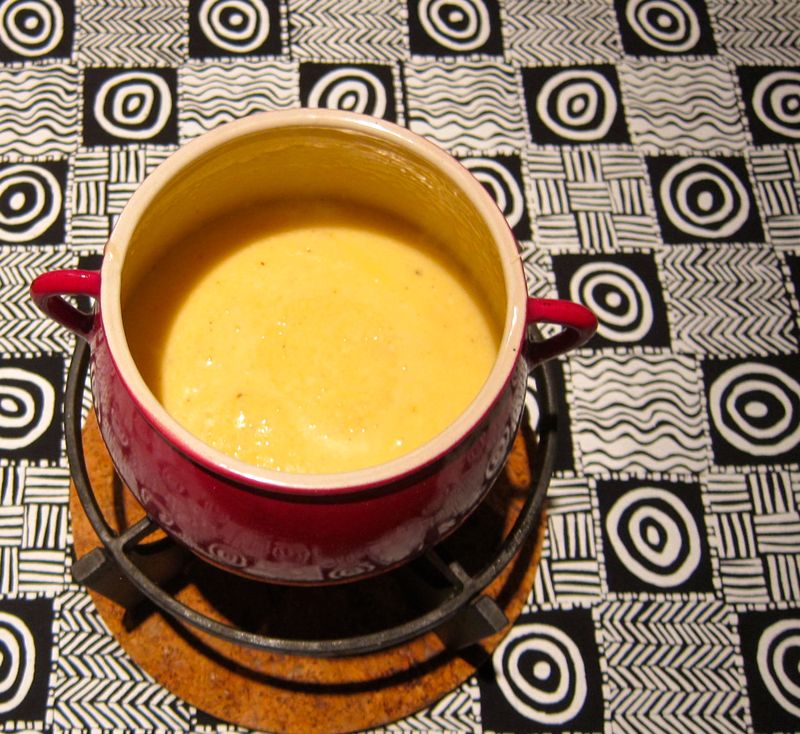
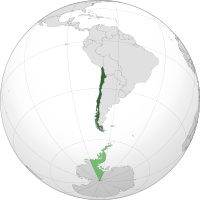
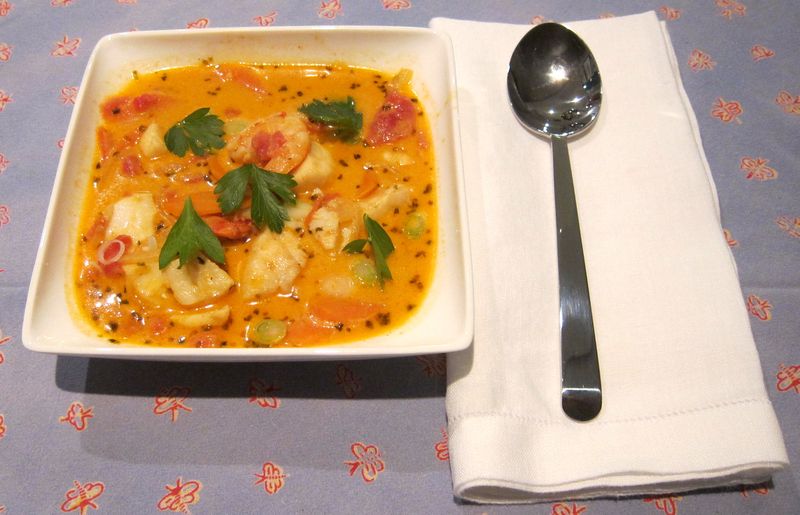
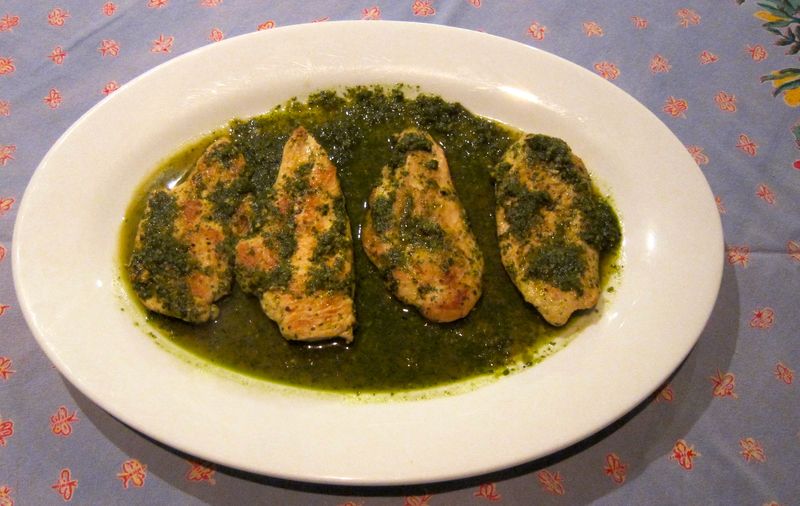
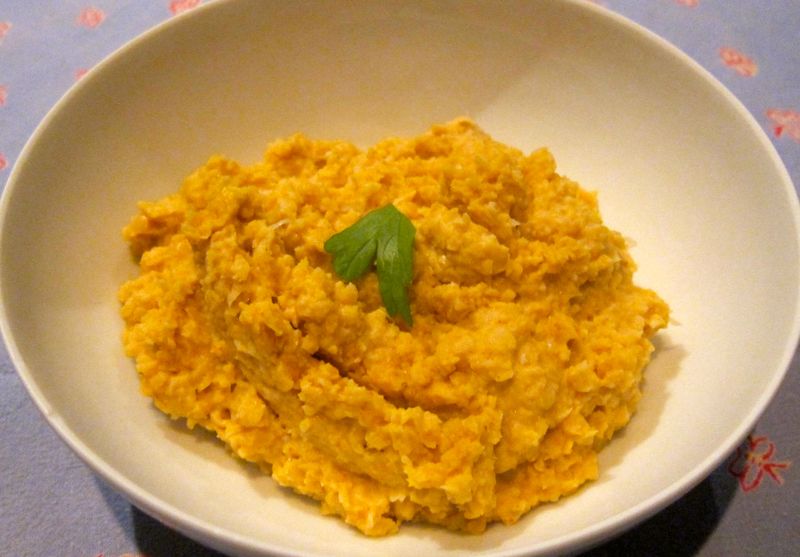
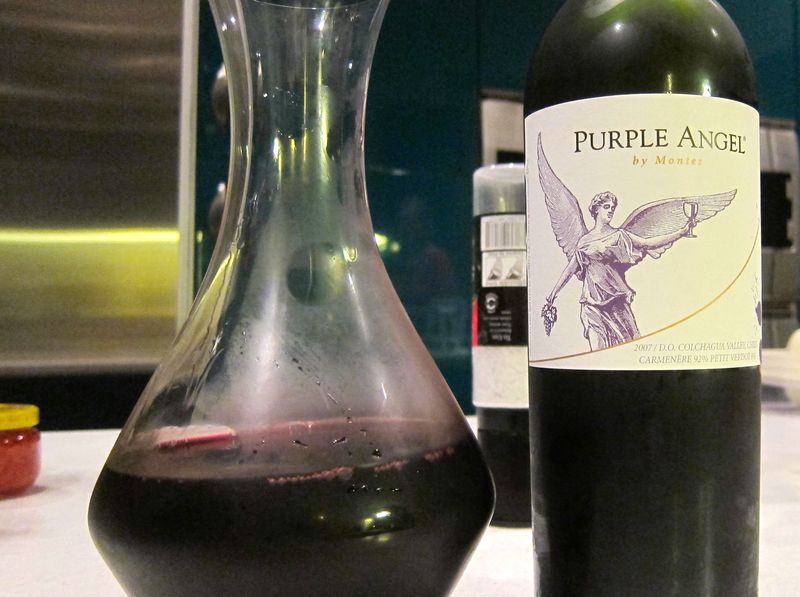
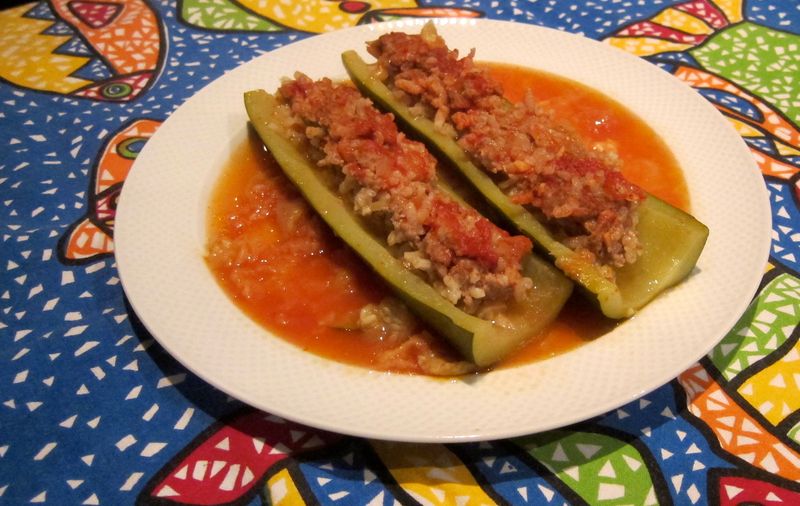
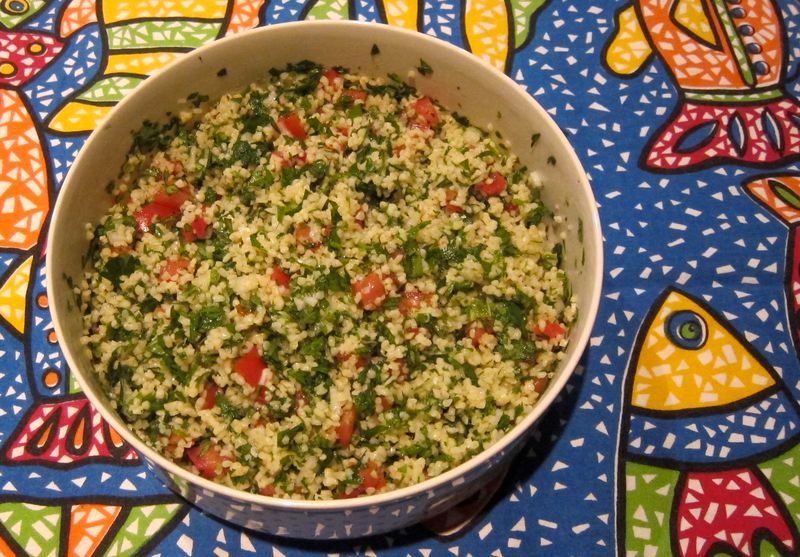

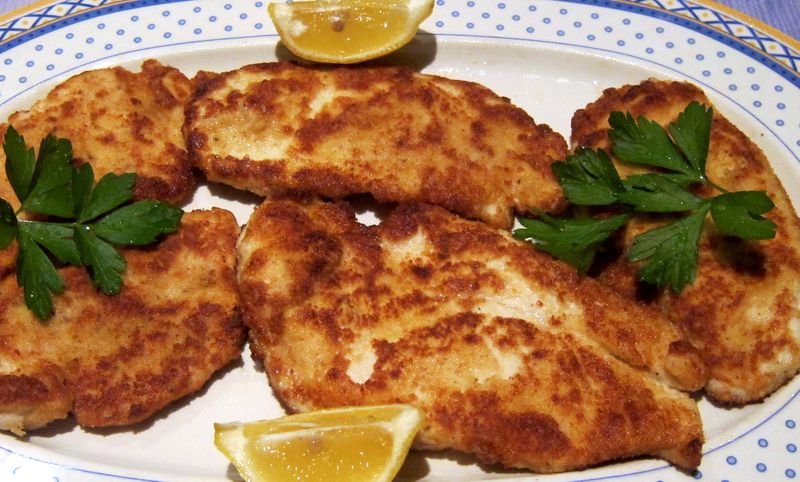
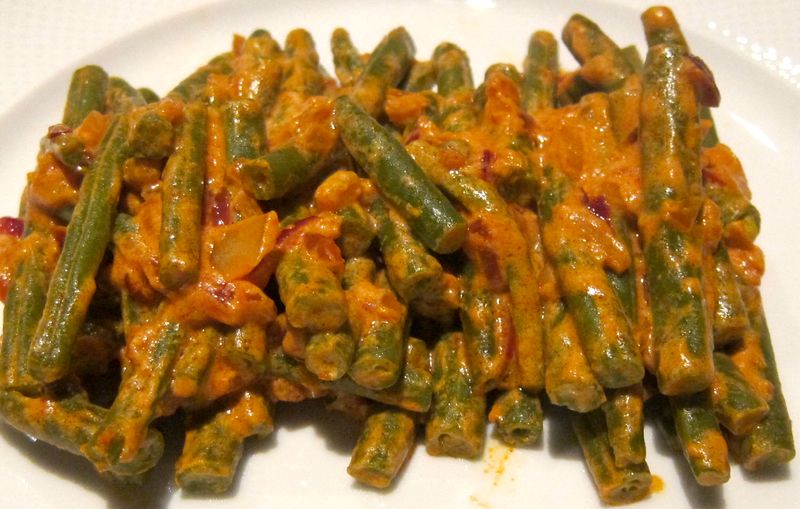

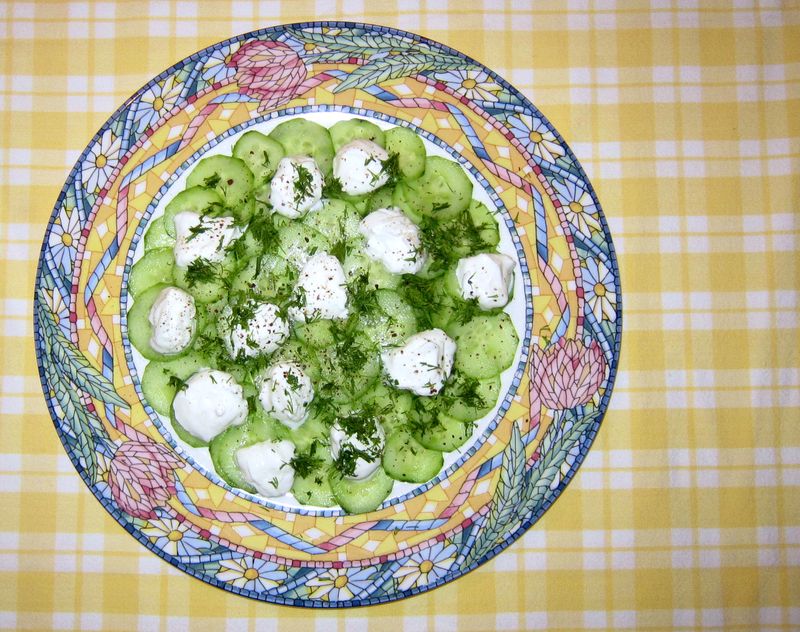
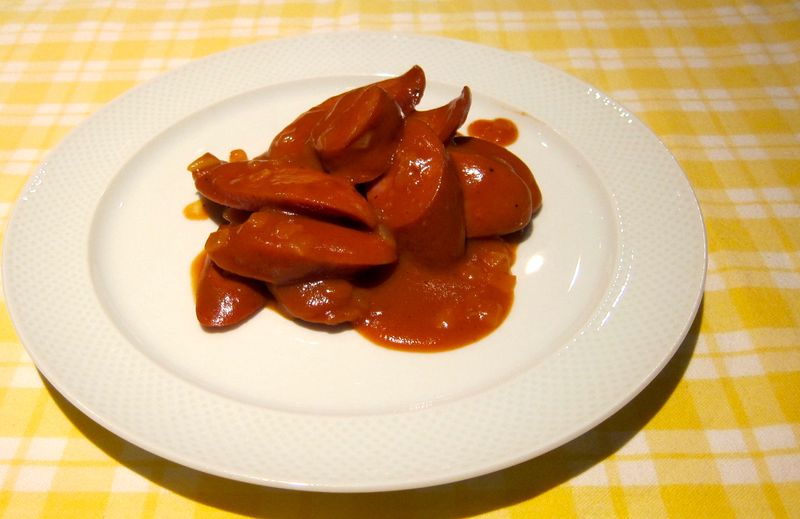
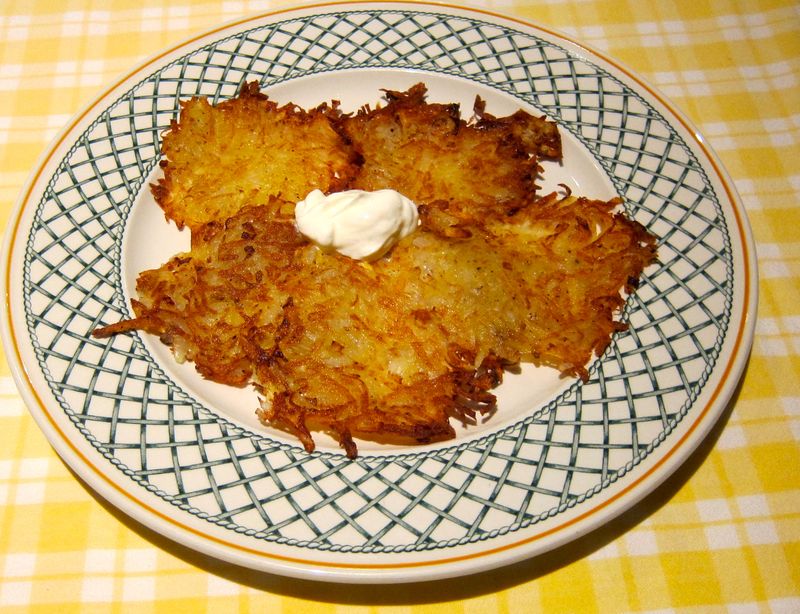
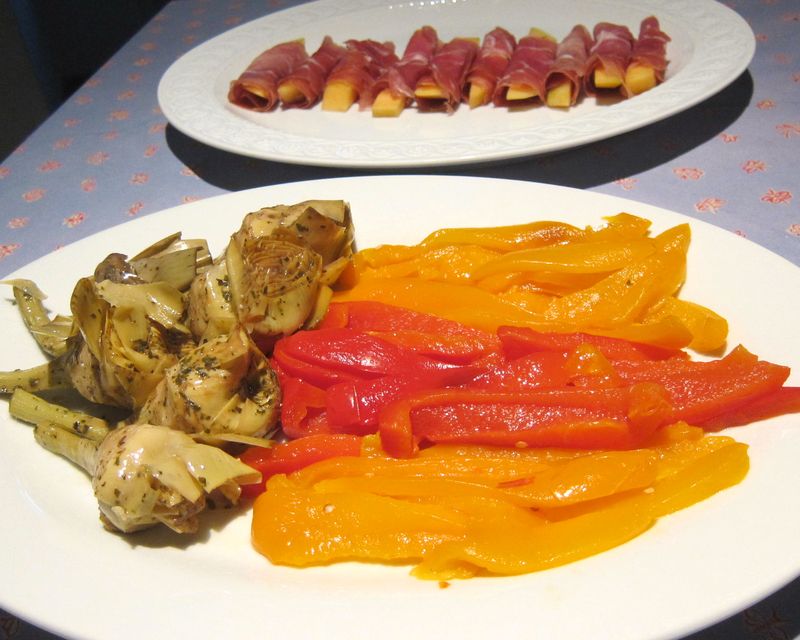
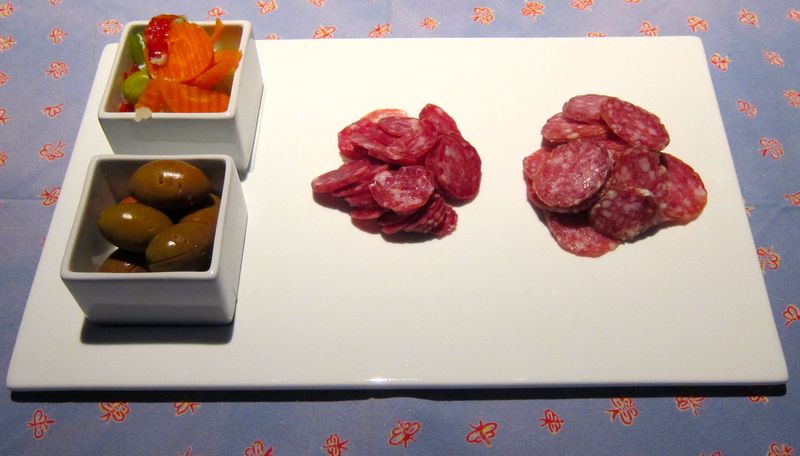
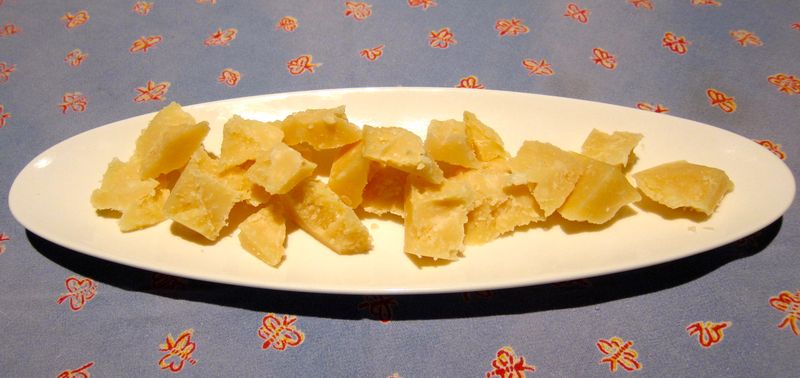
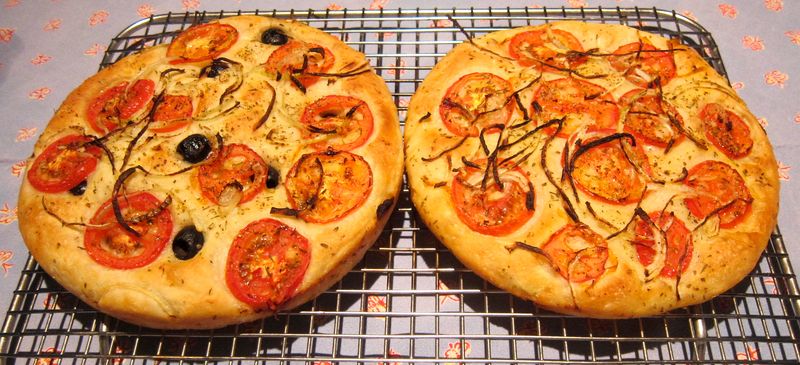
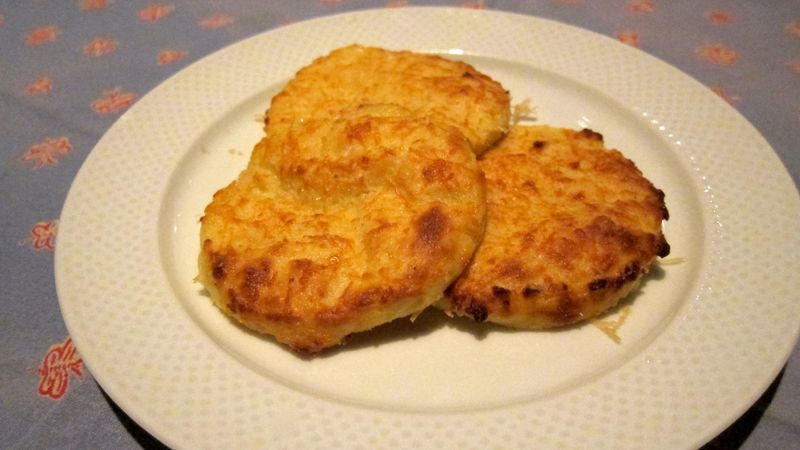
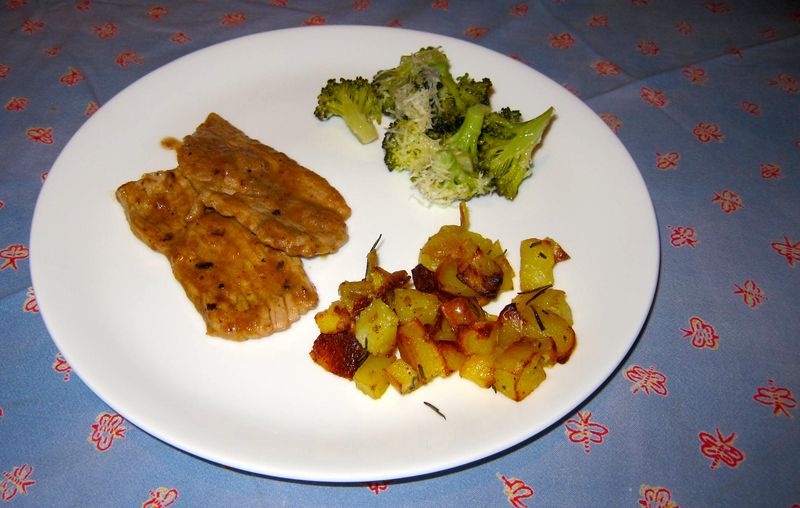
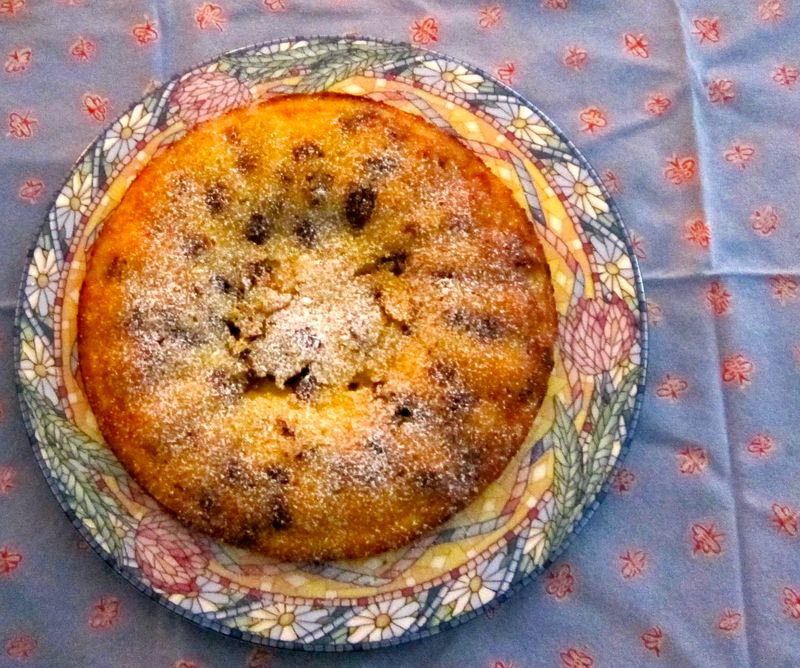

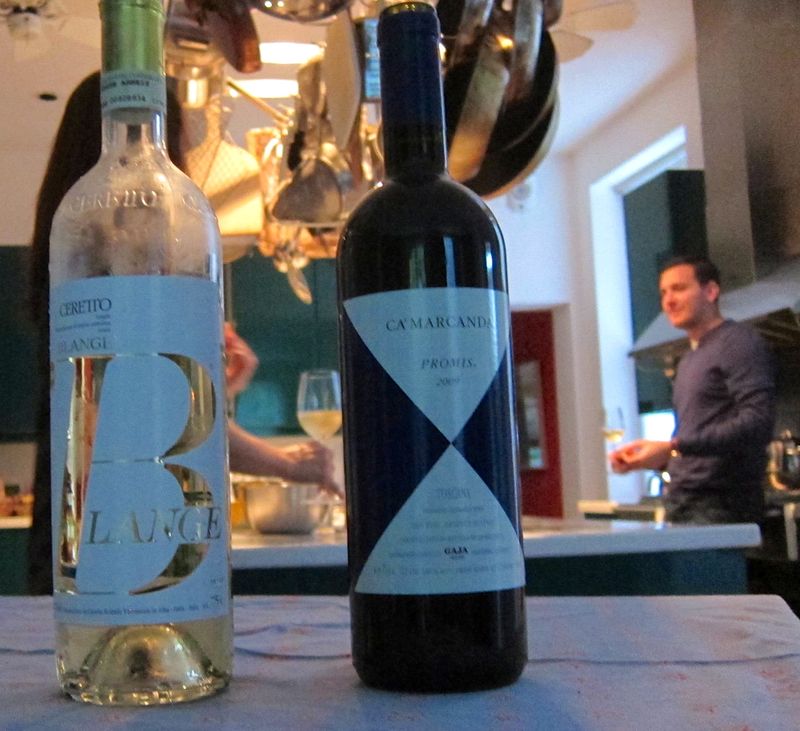
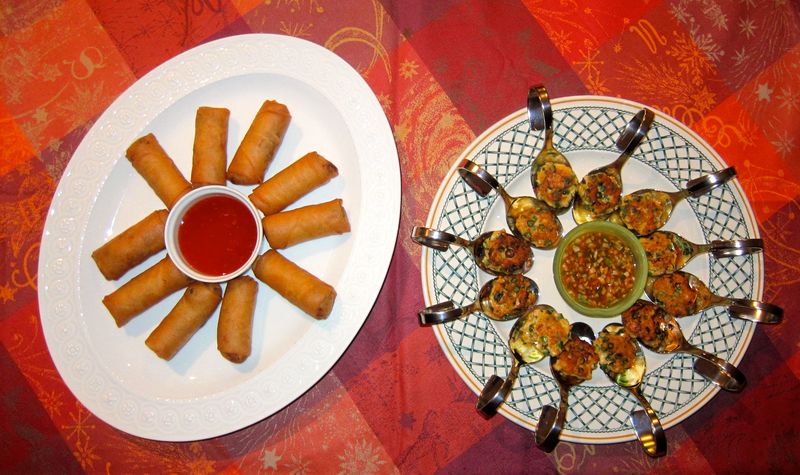
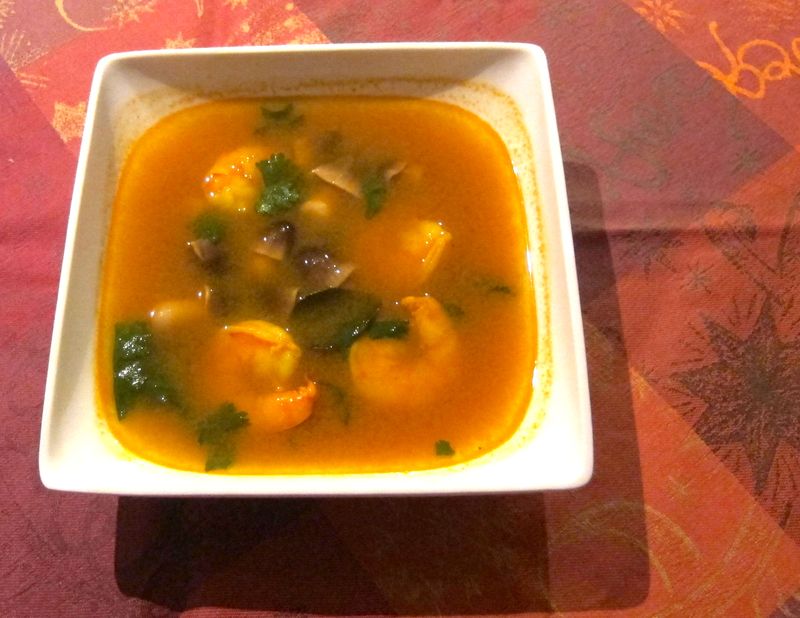
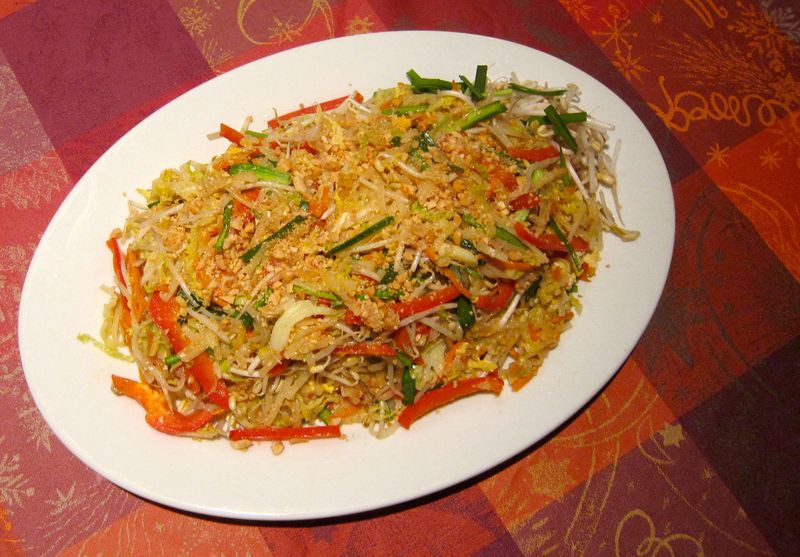
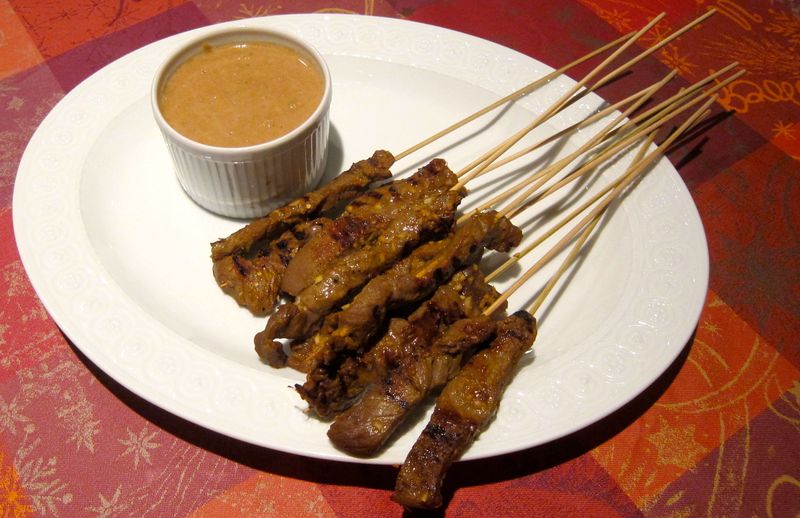
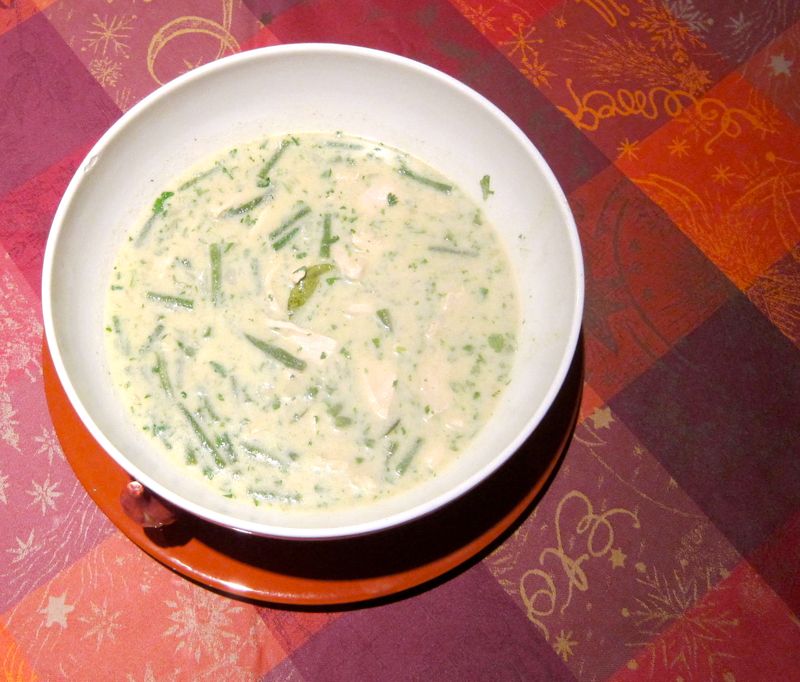
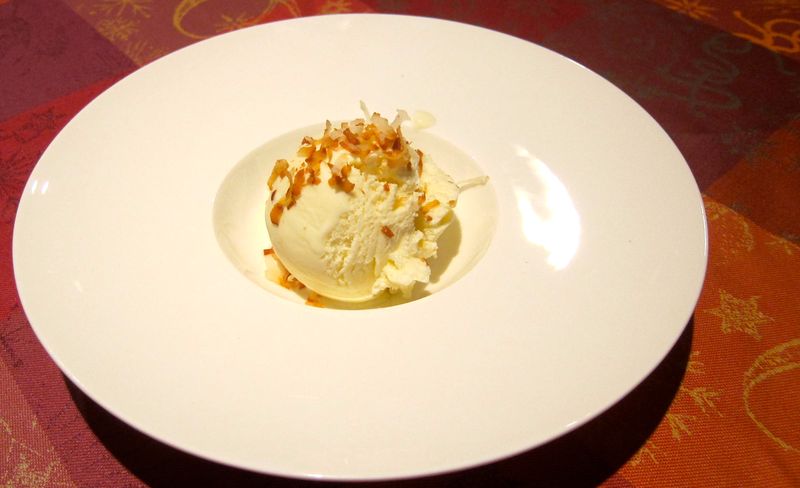

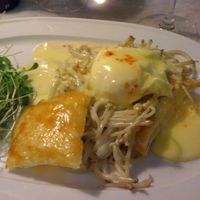
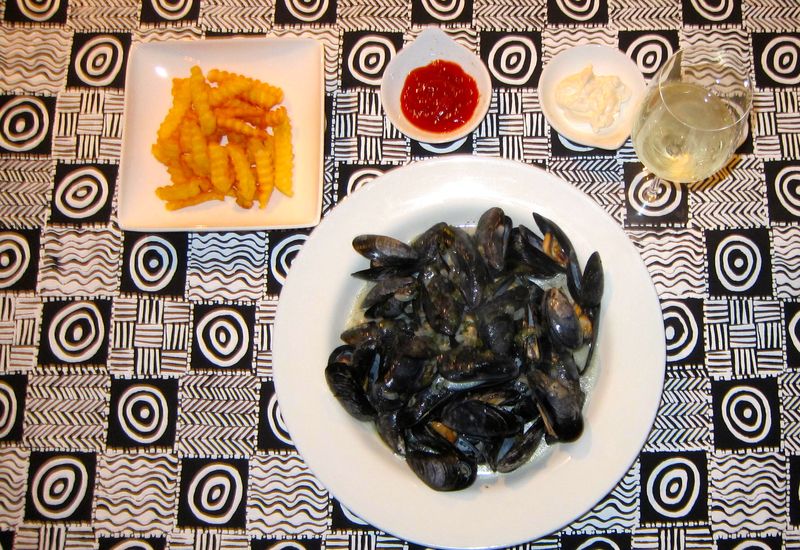
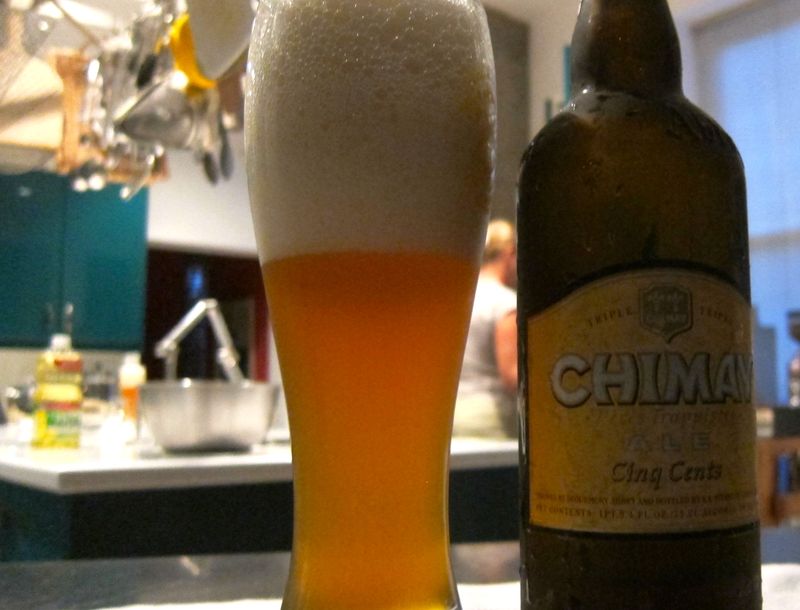
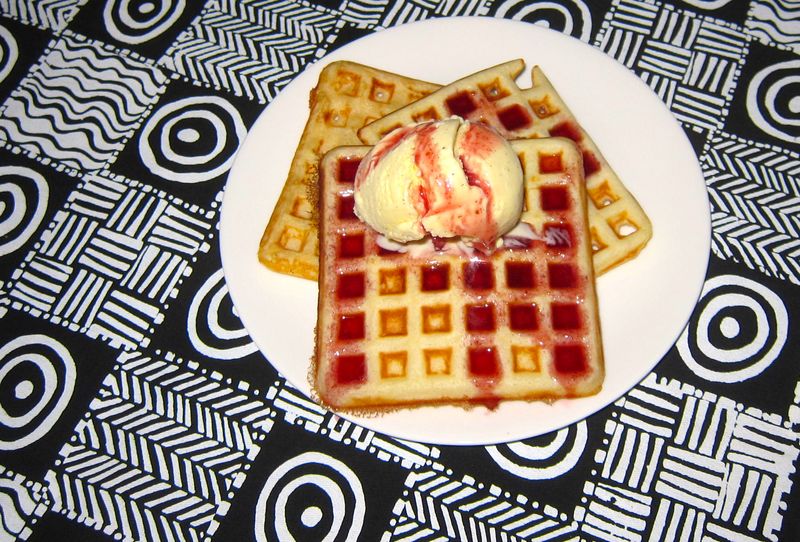

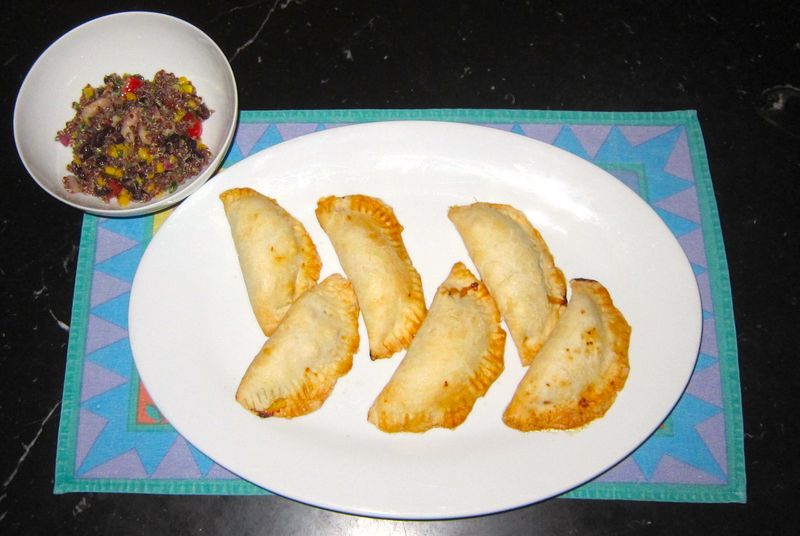

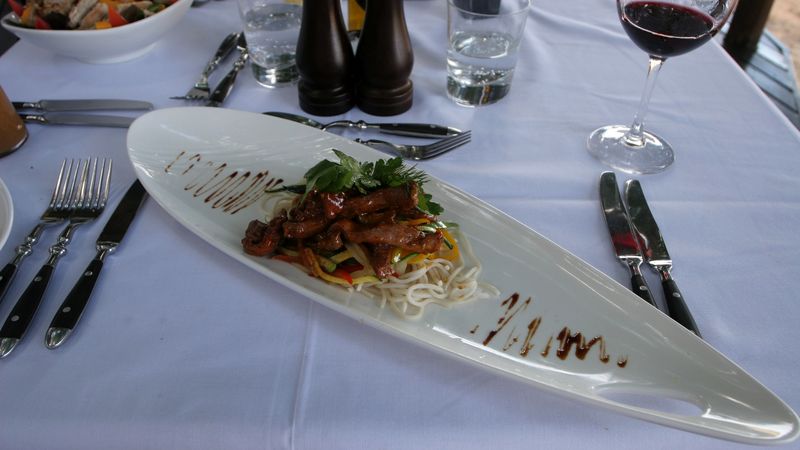
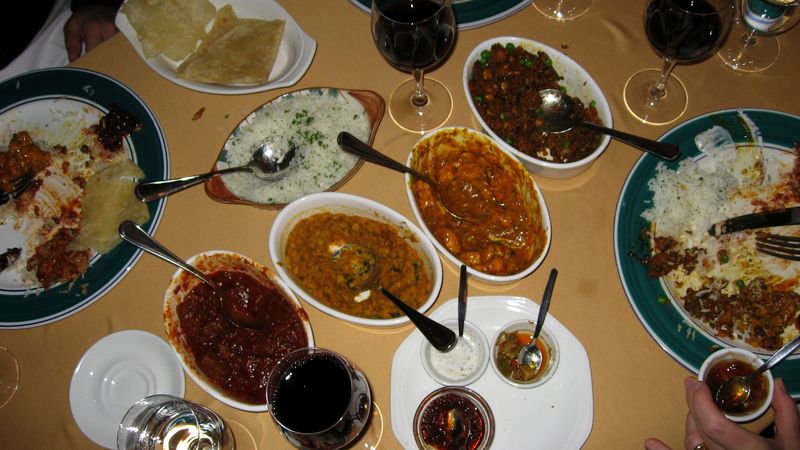
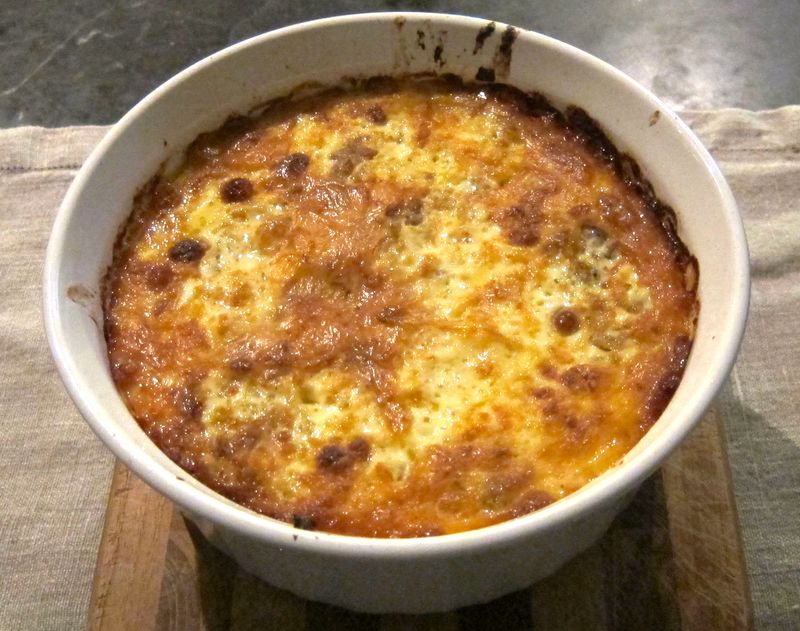
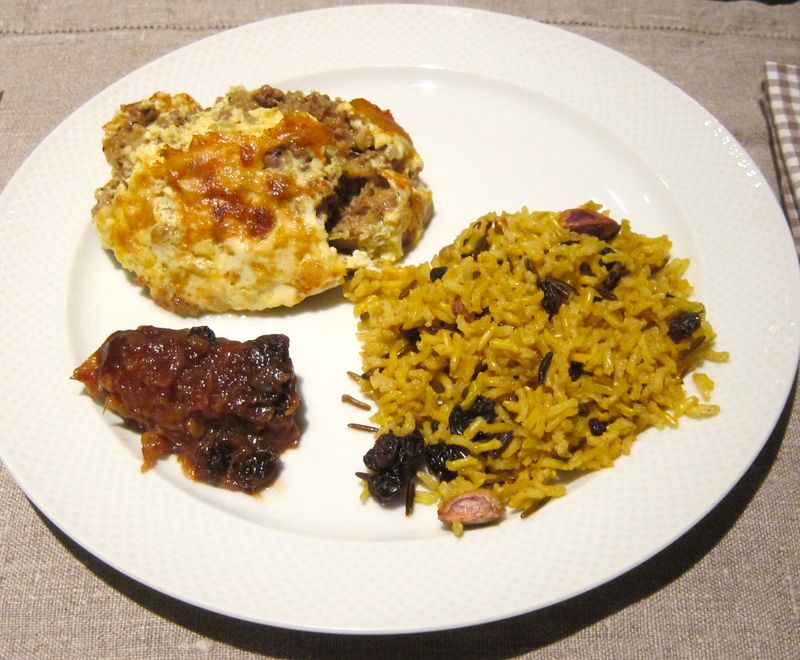

Recent Comments